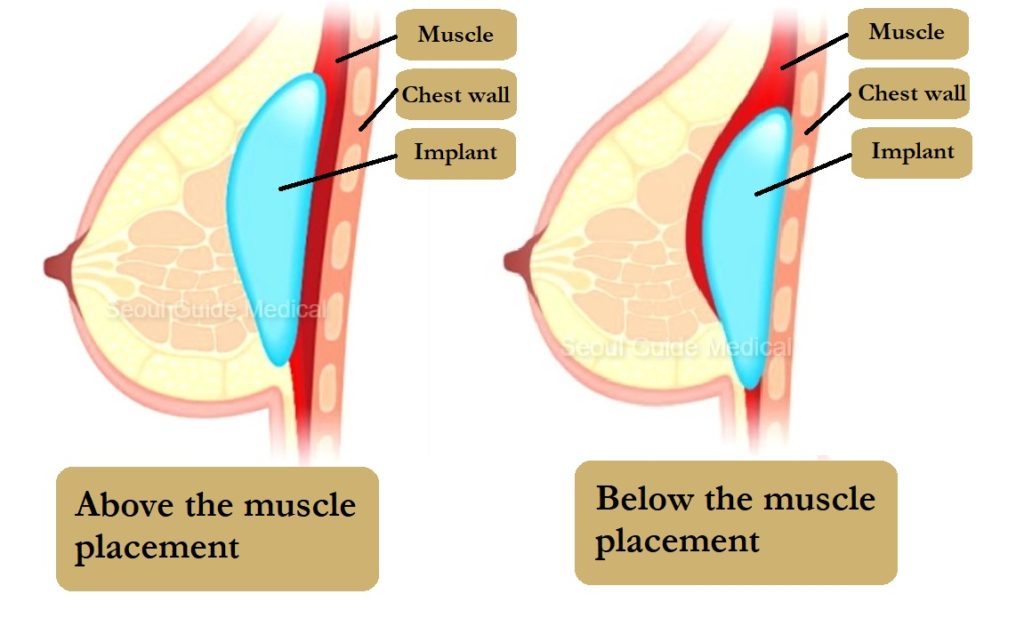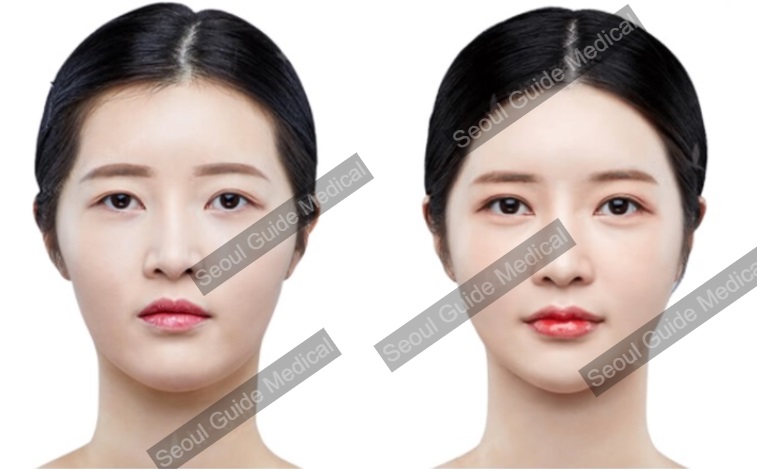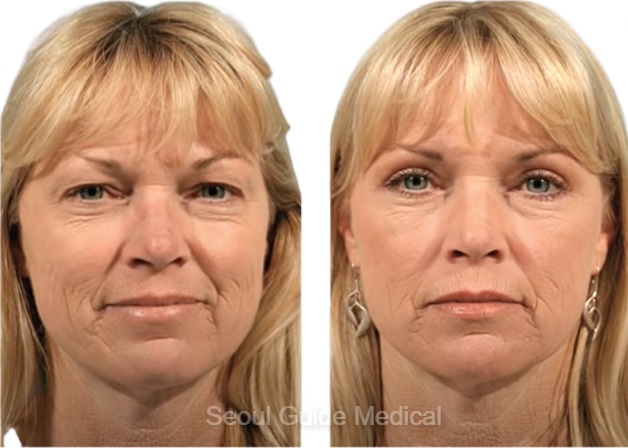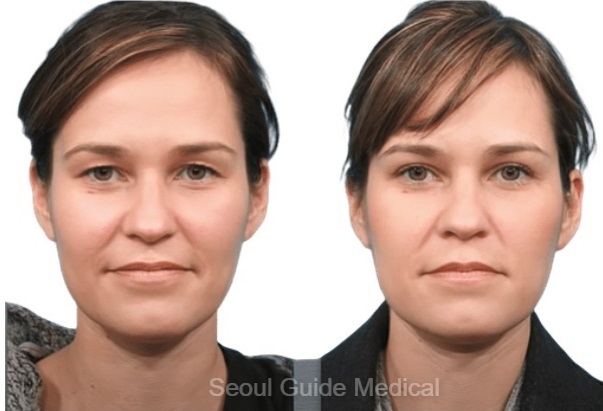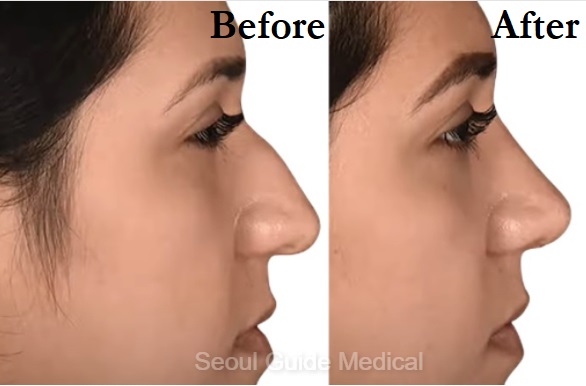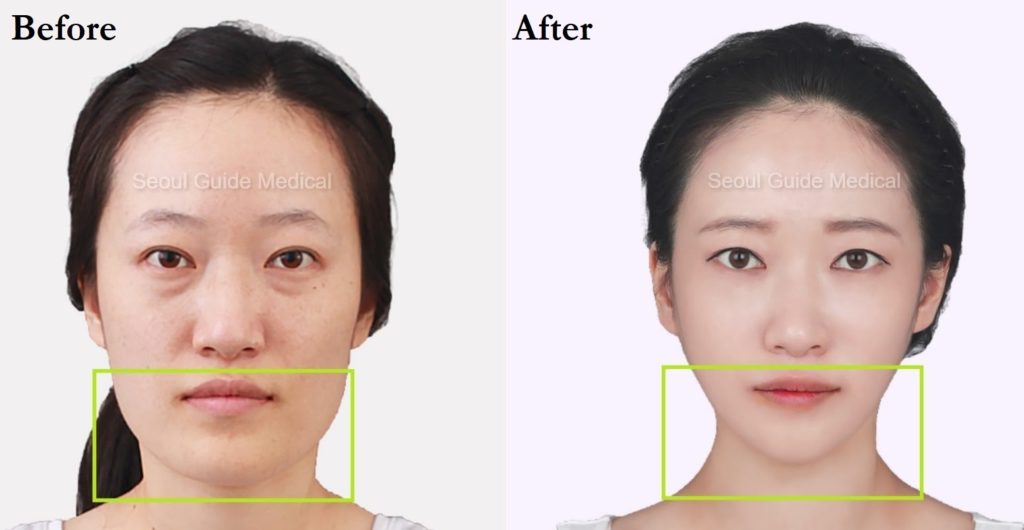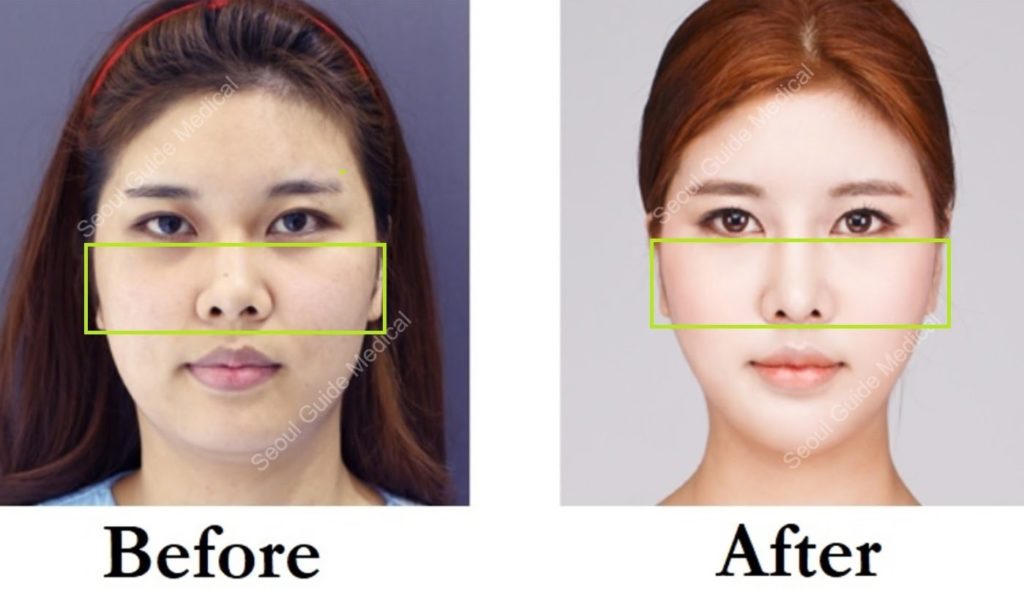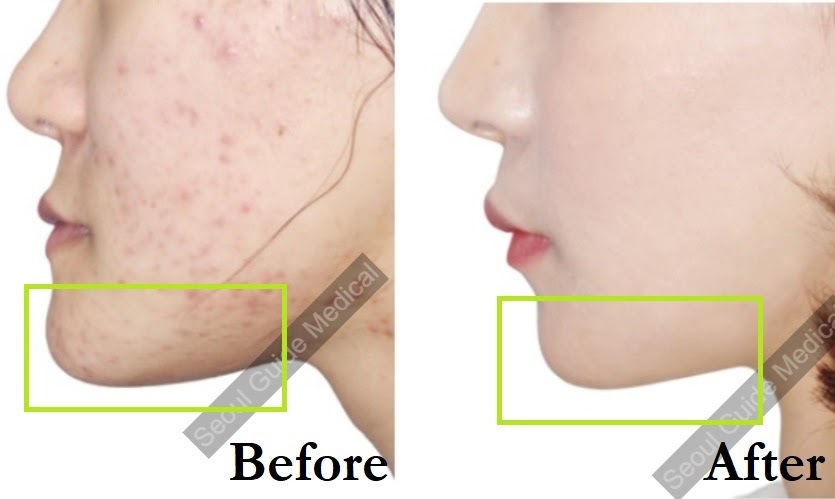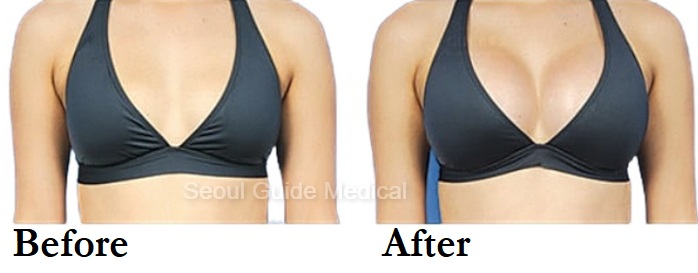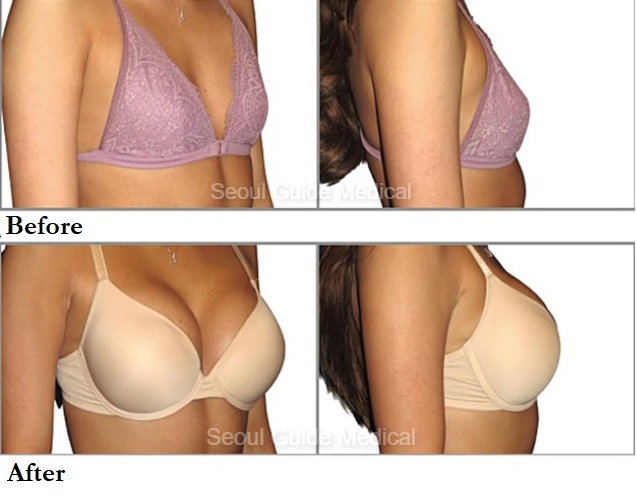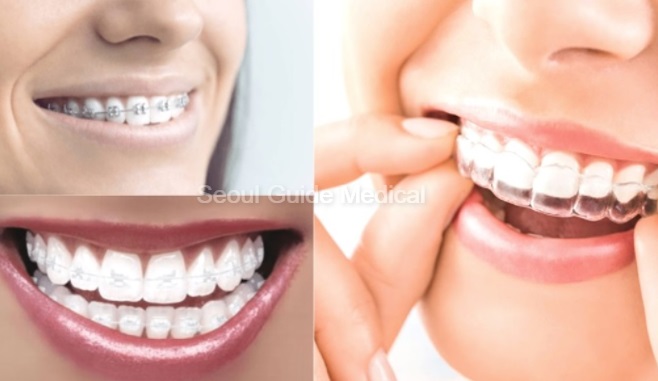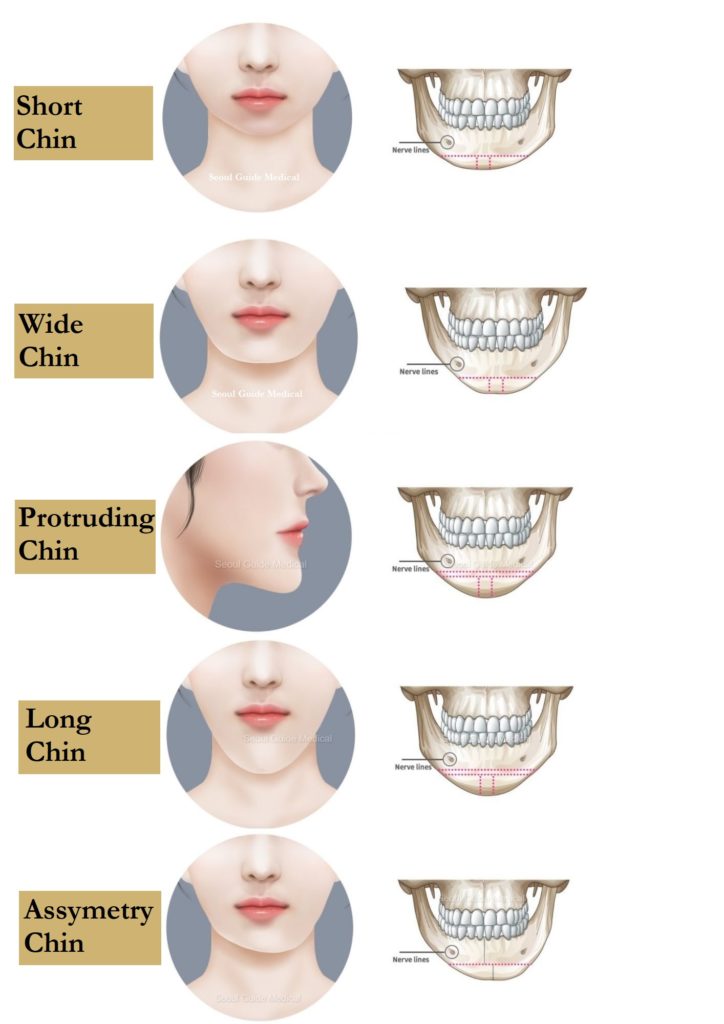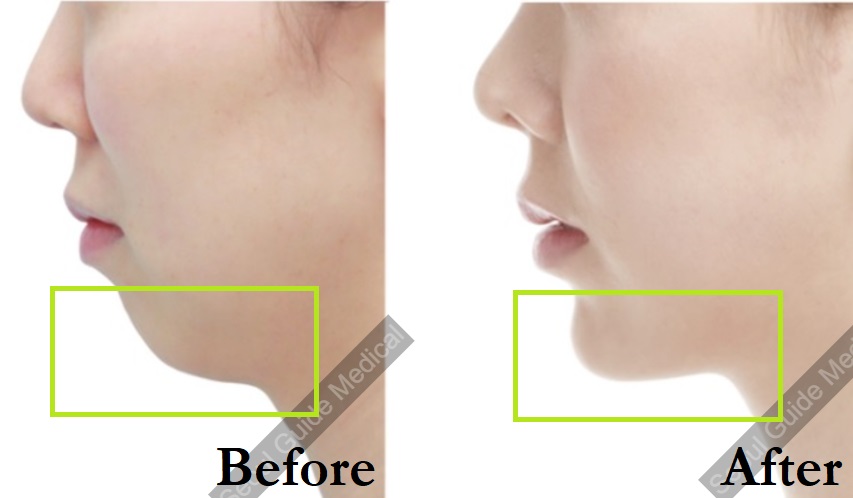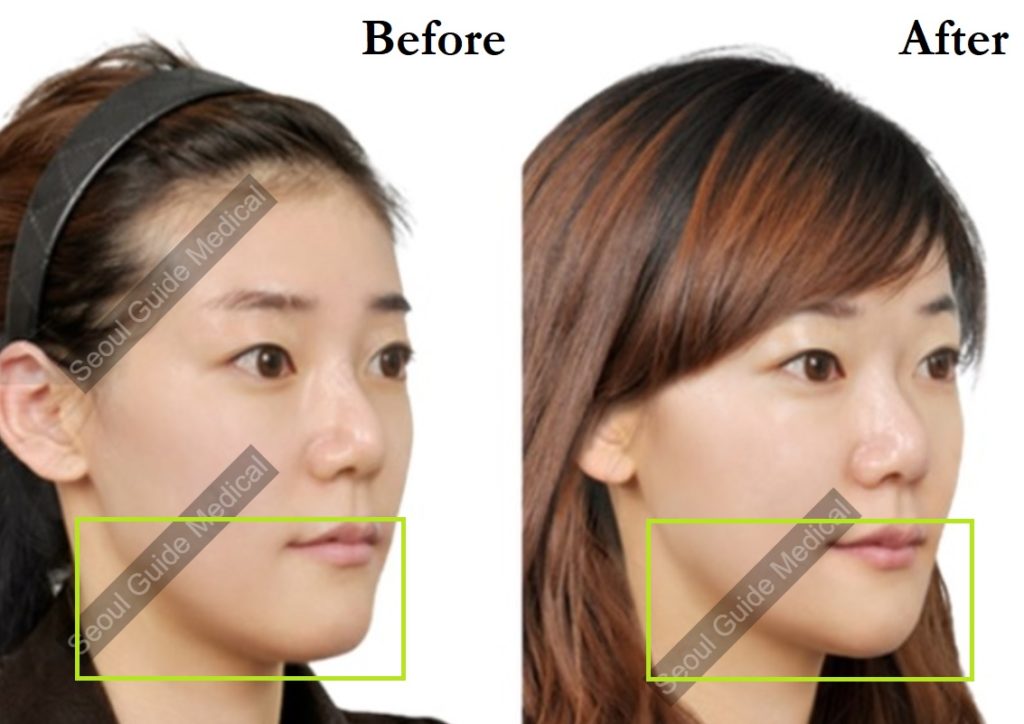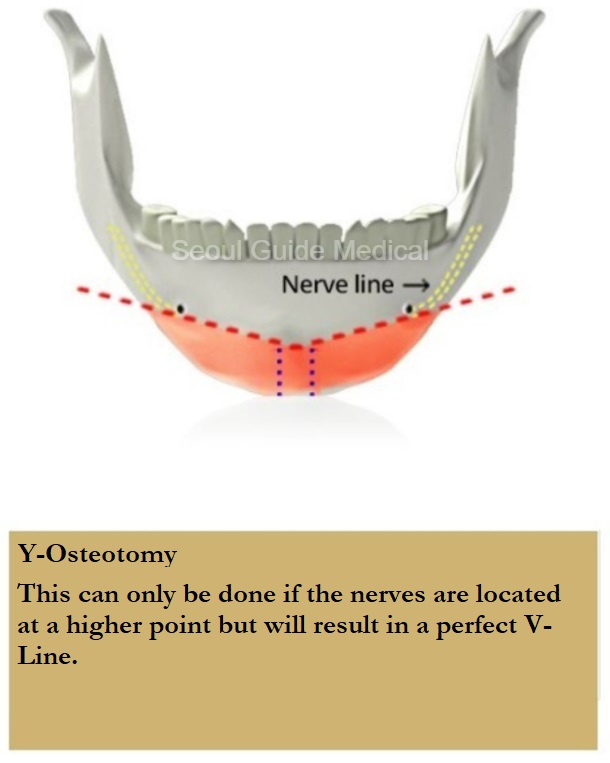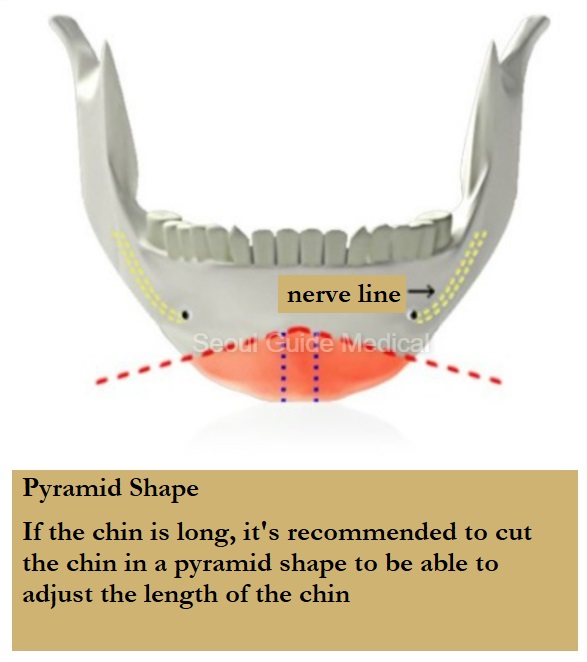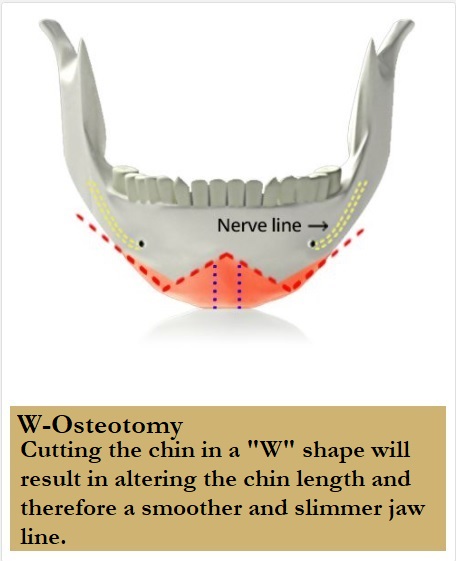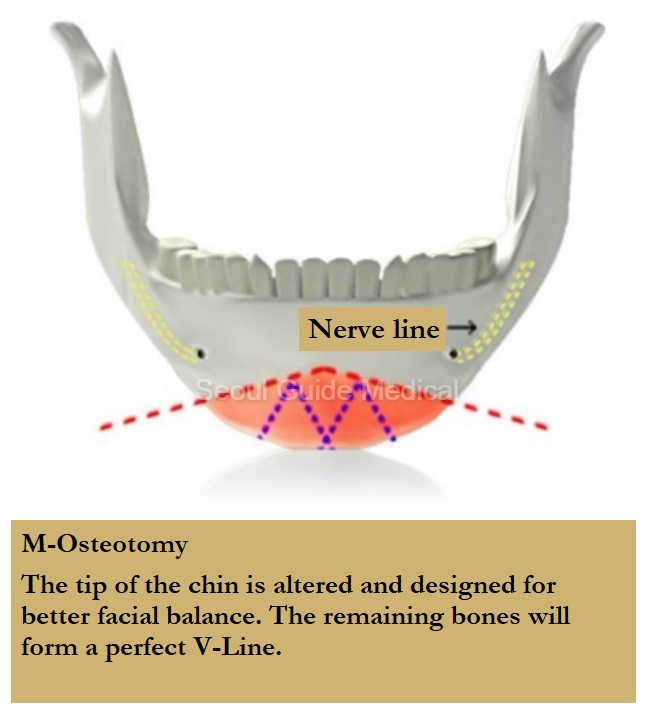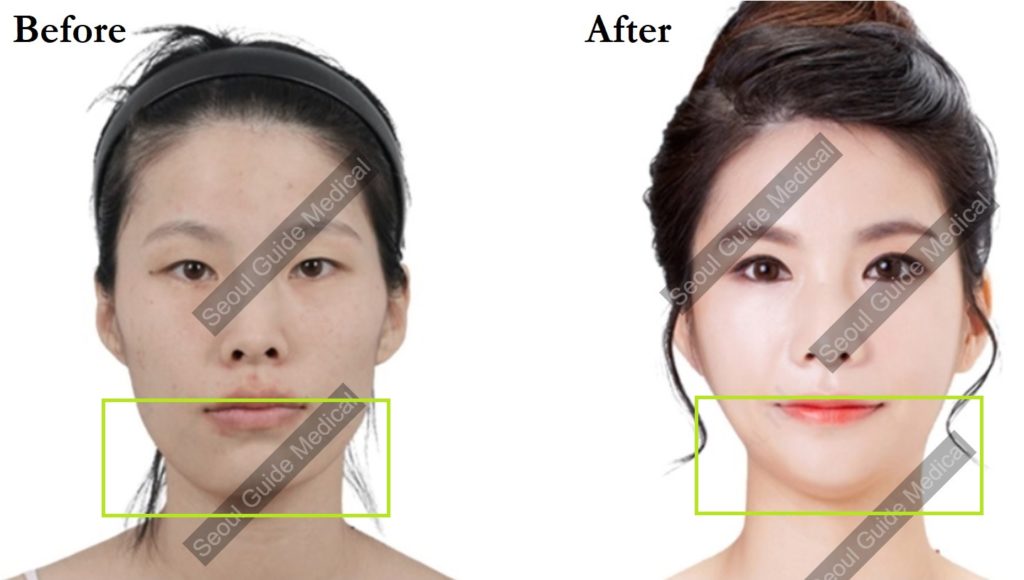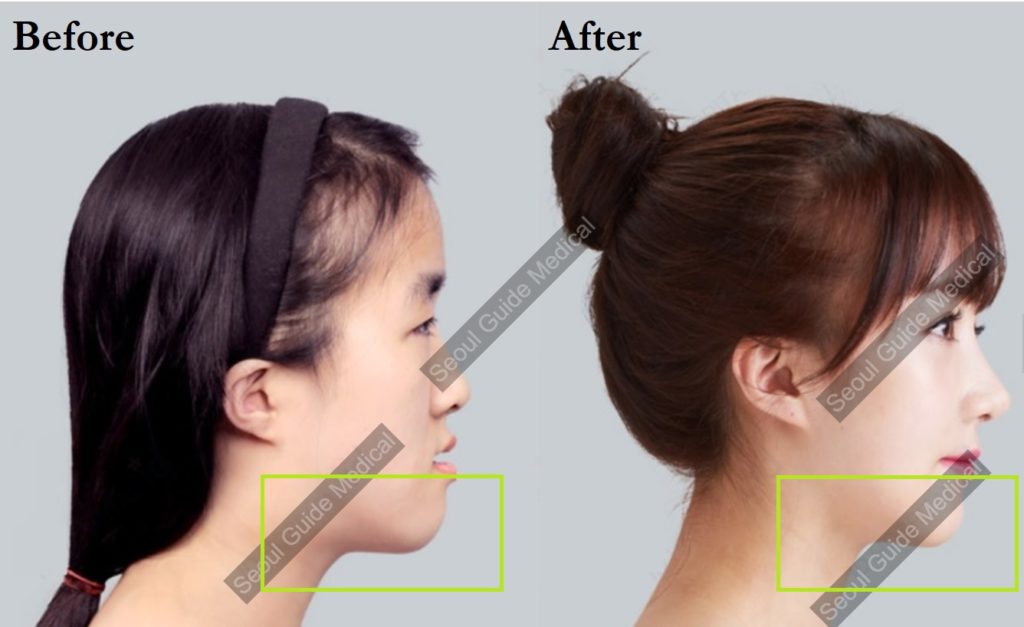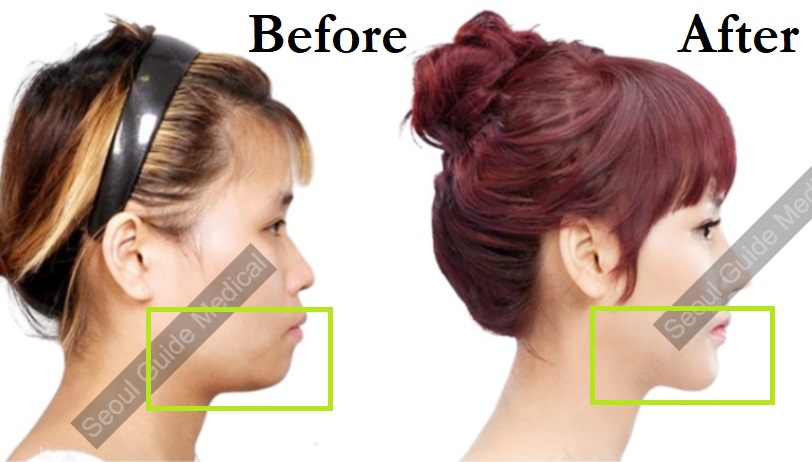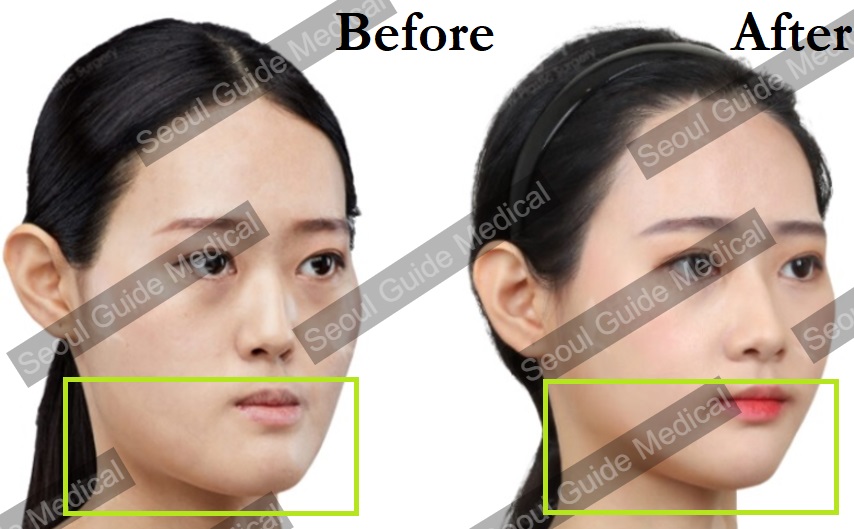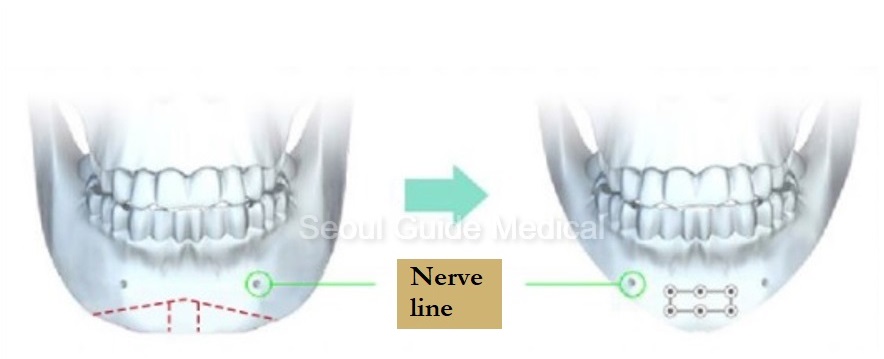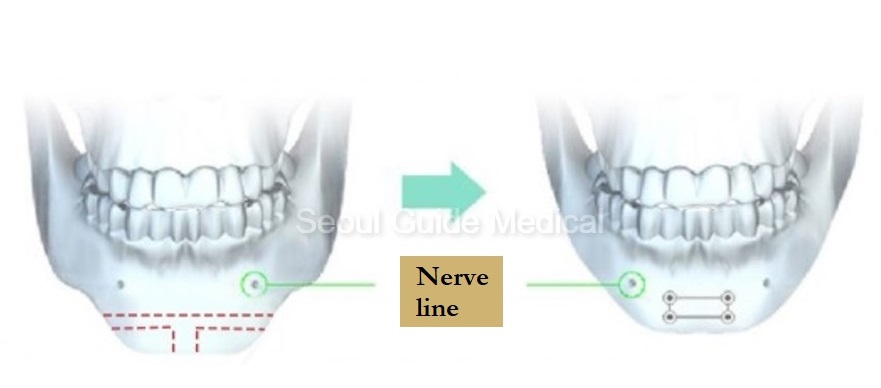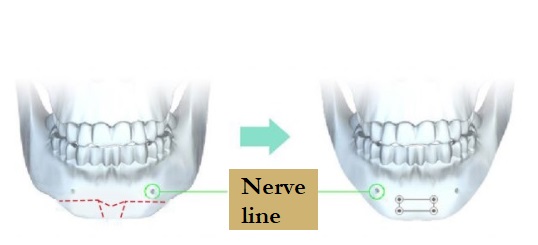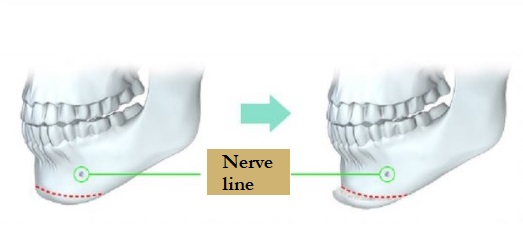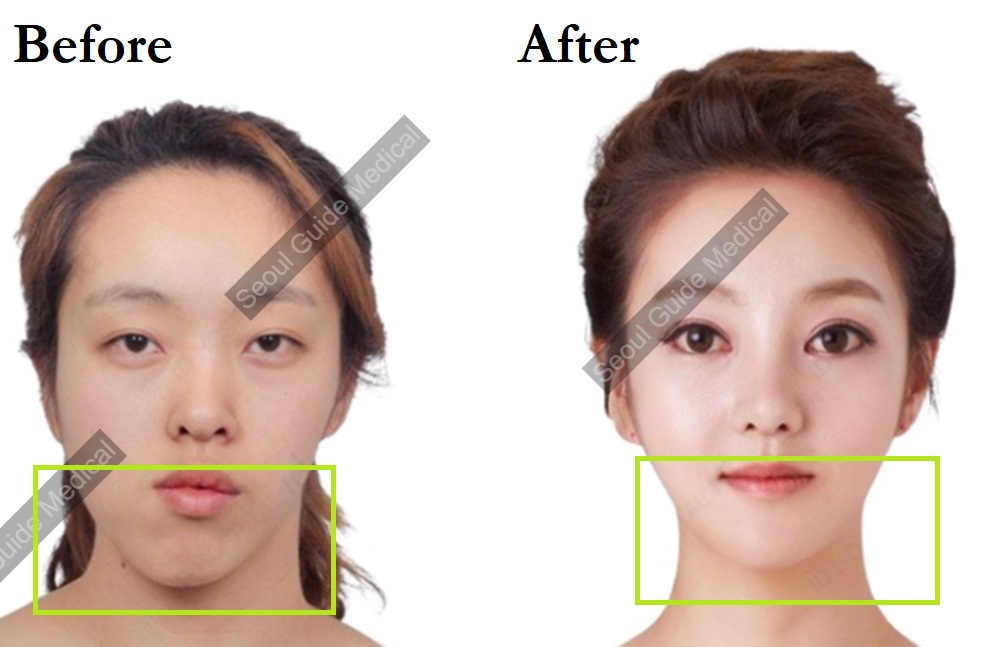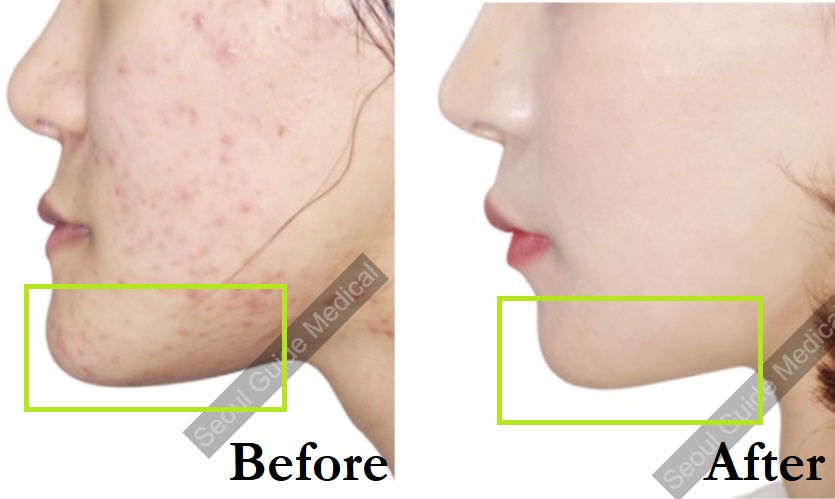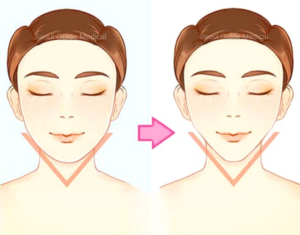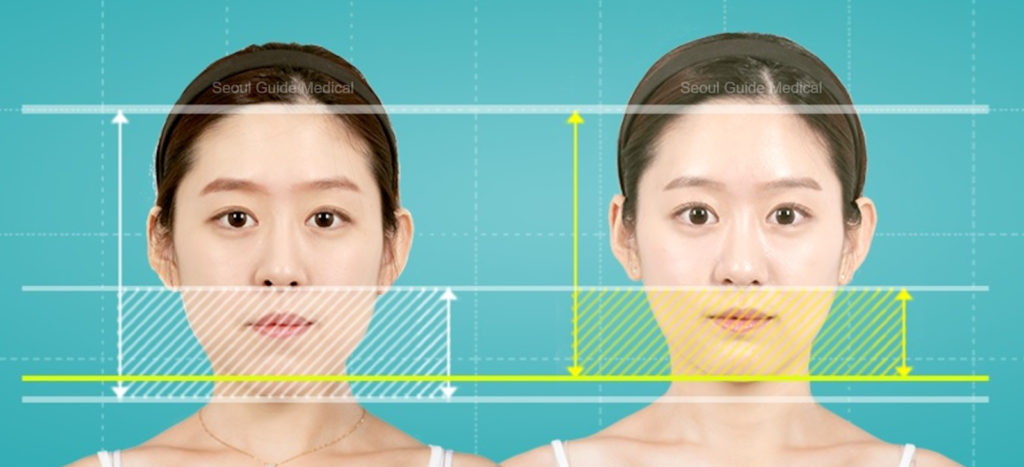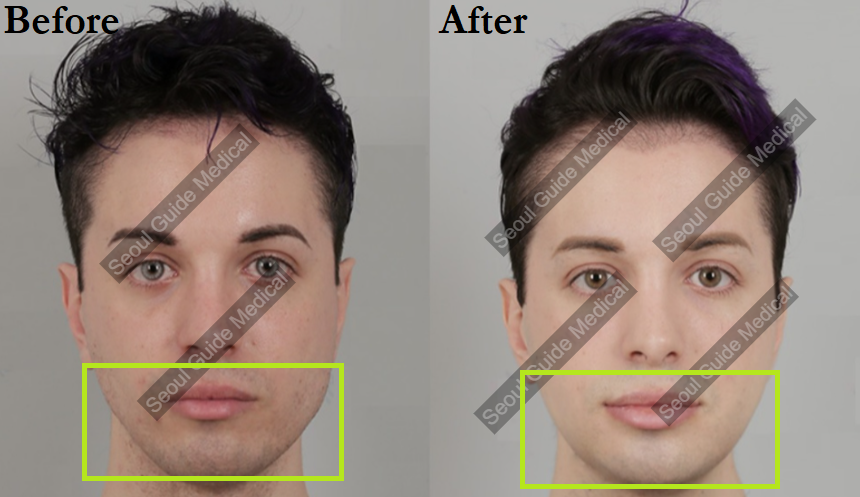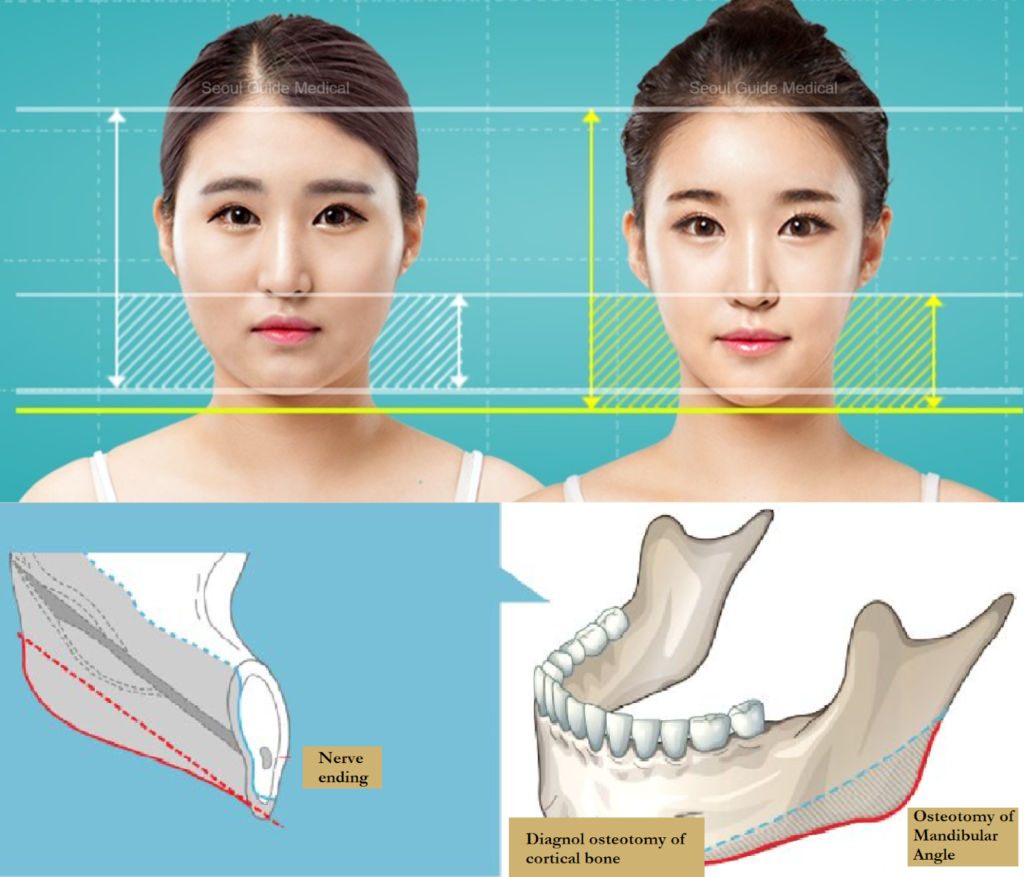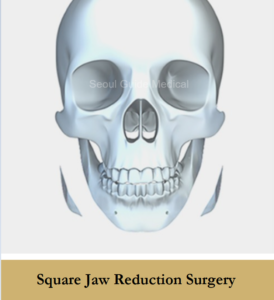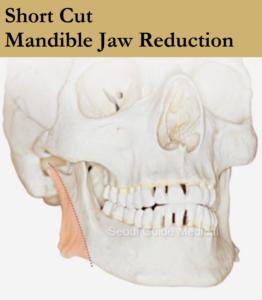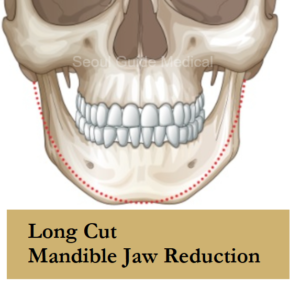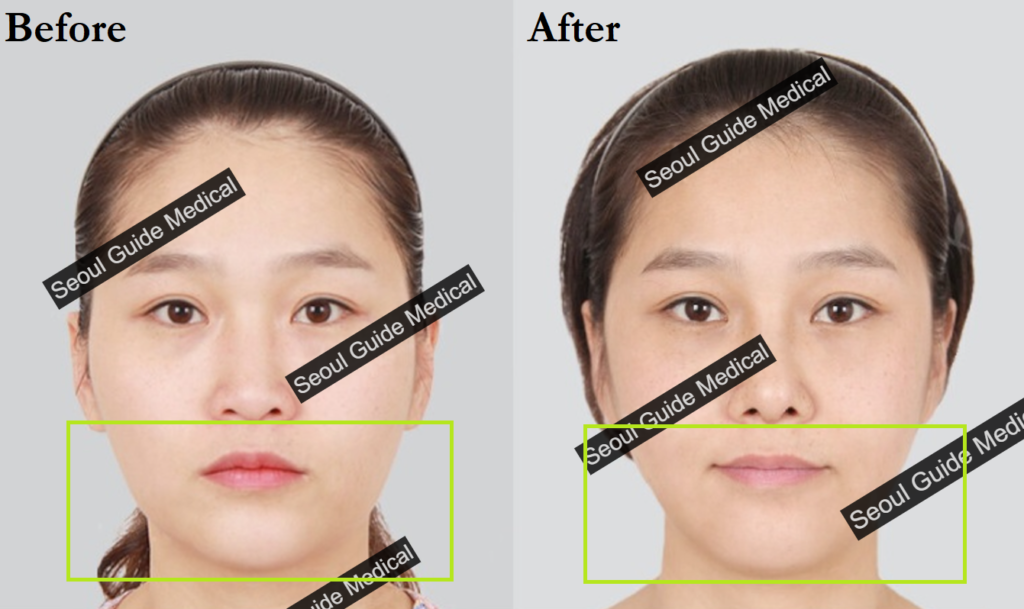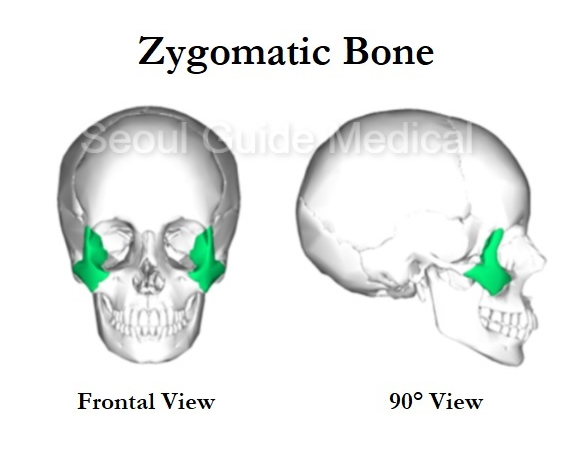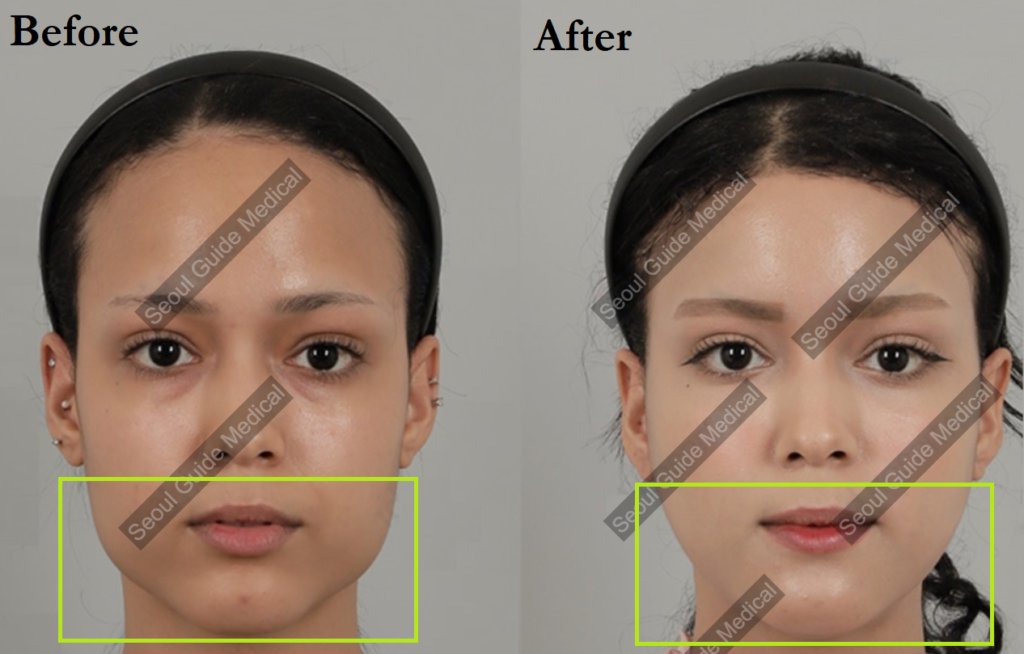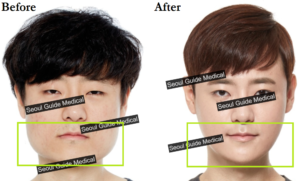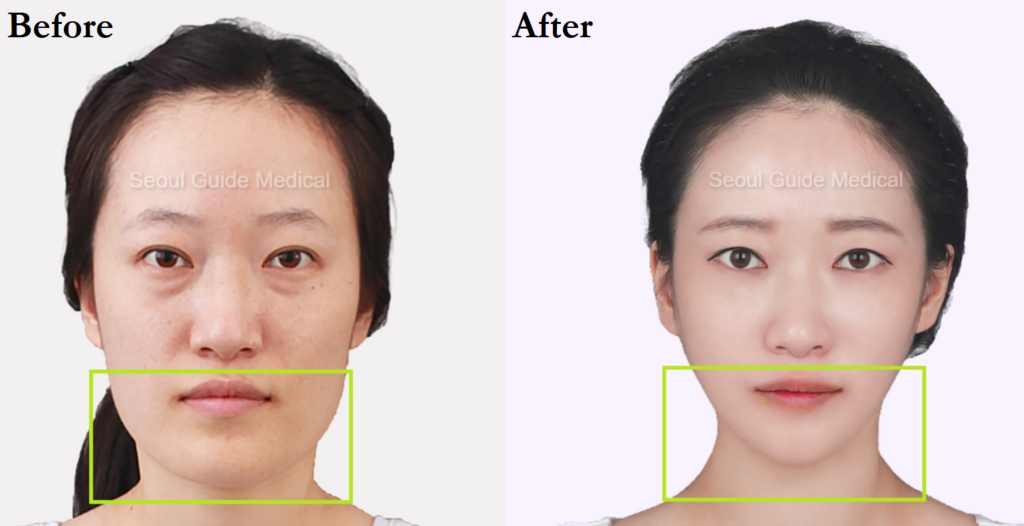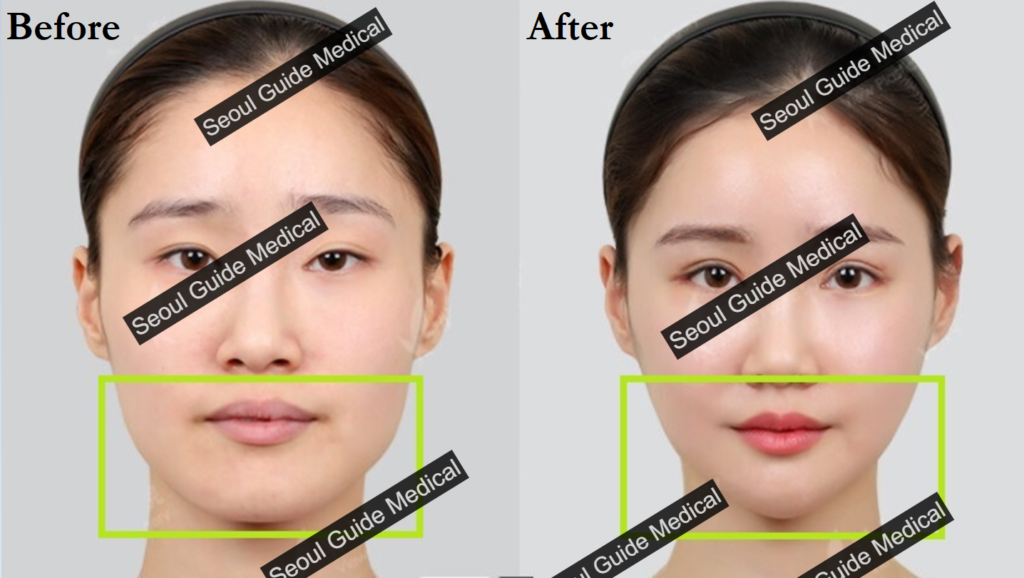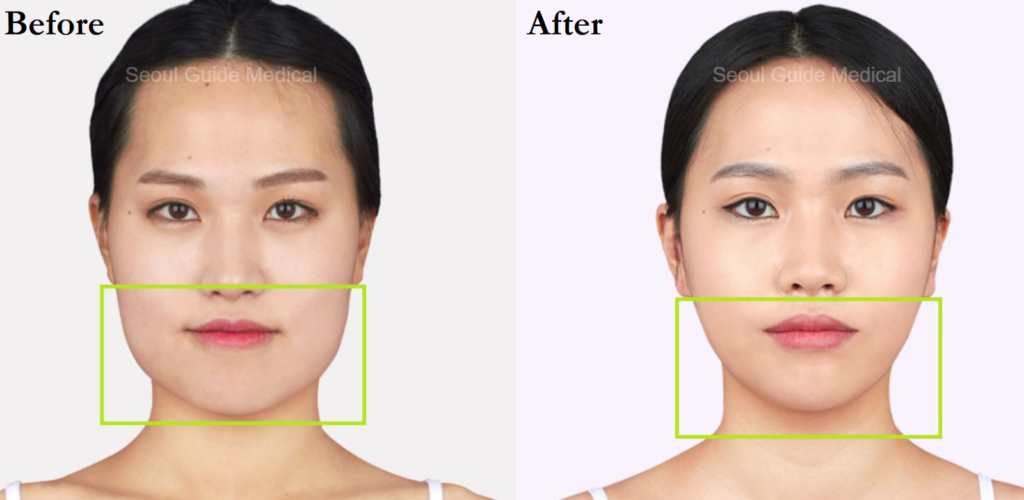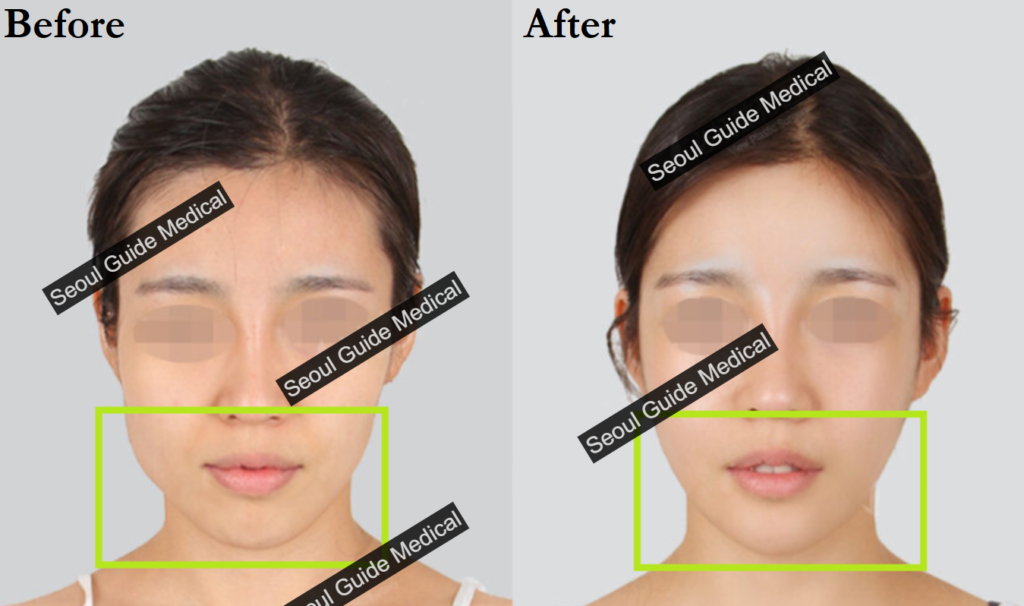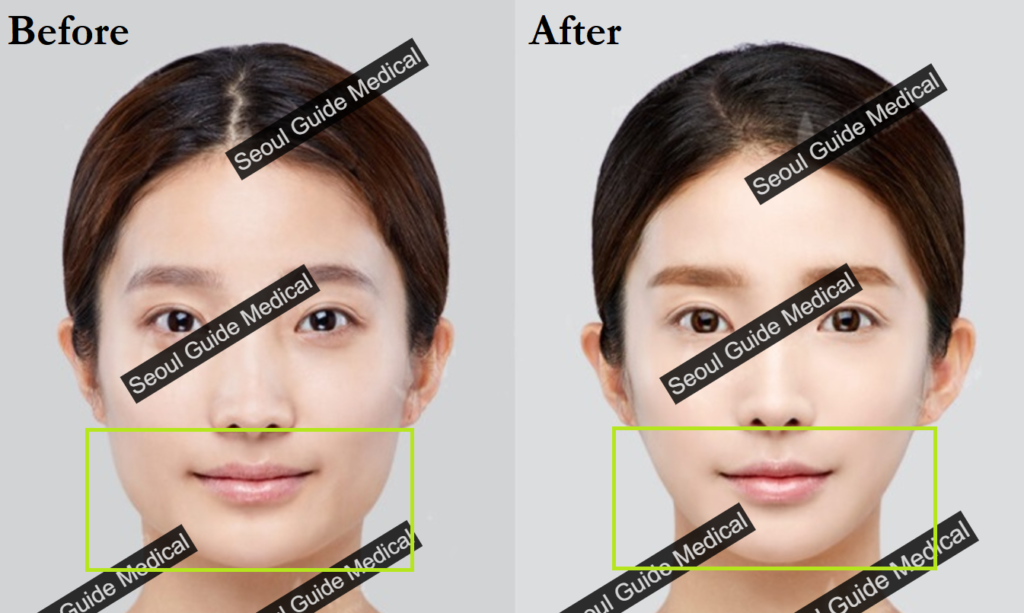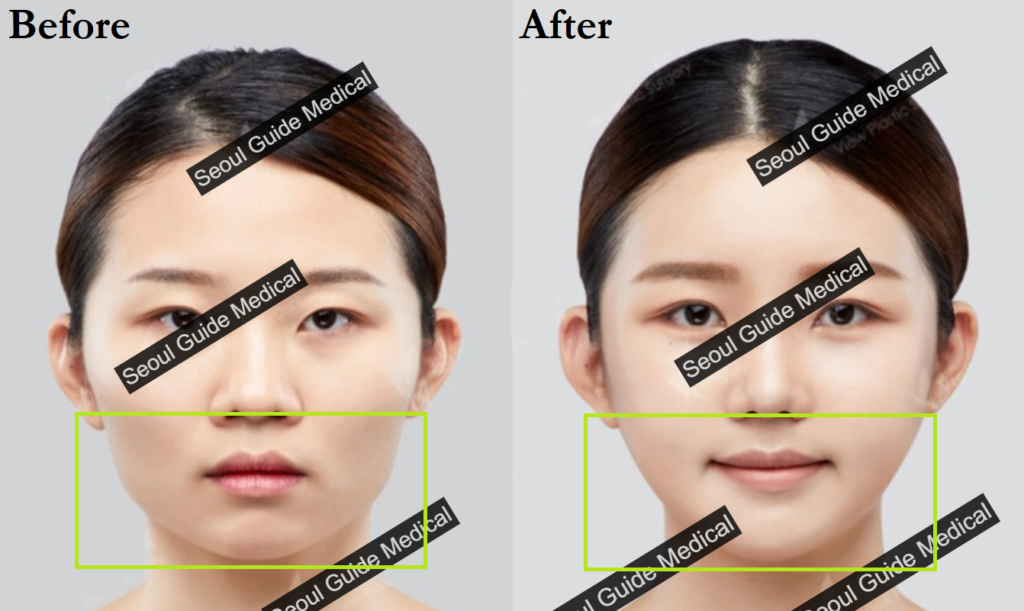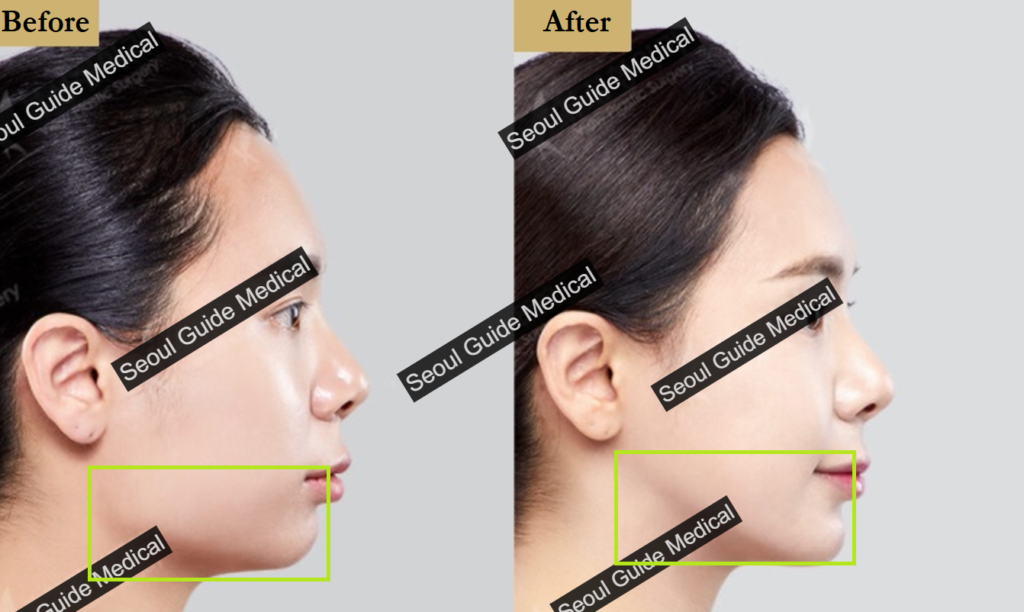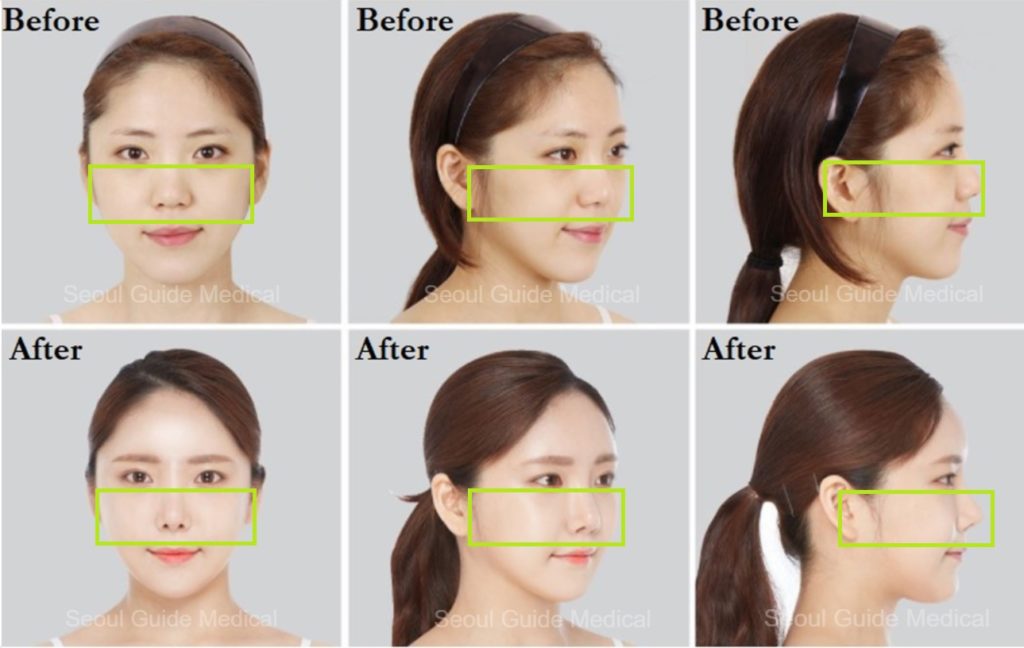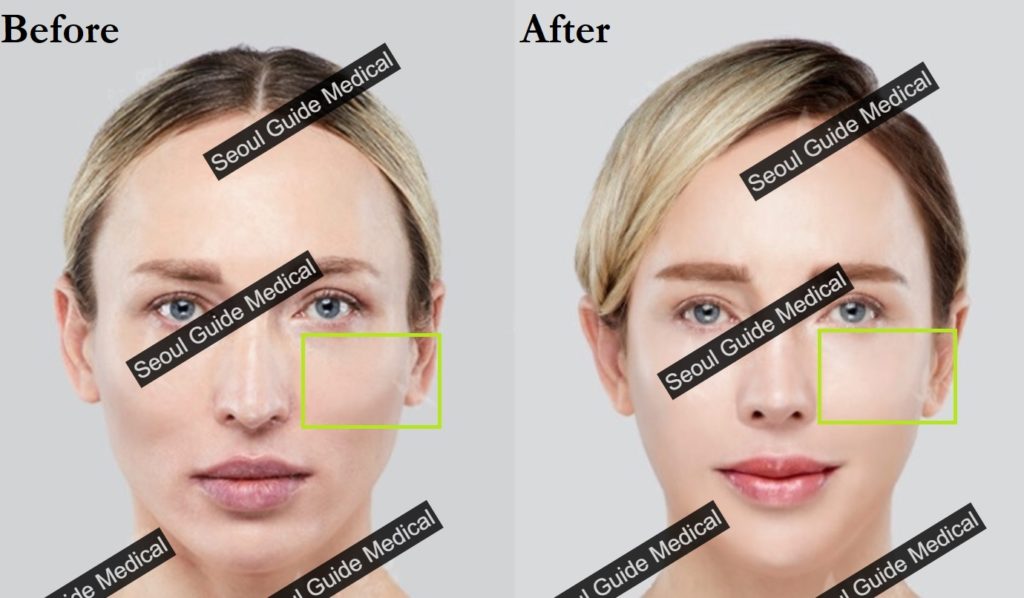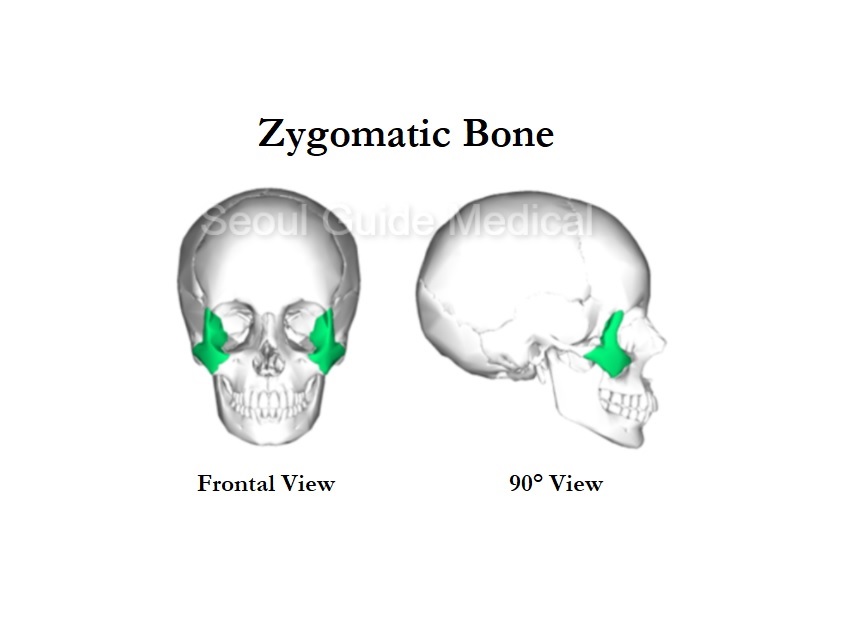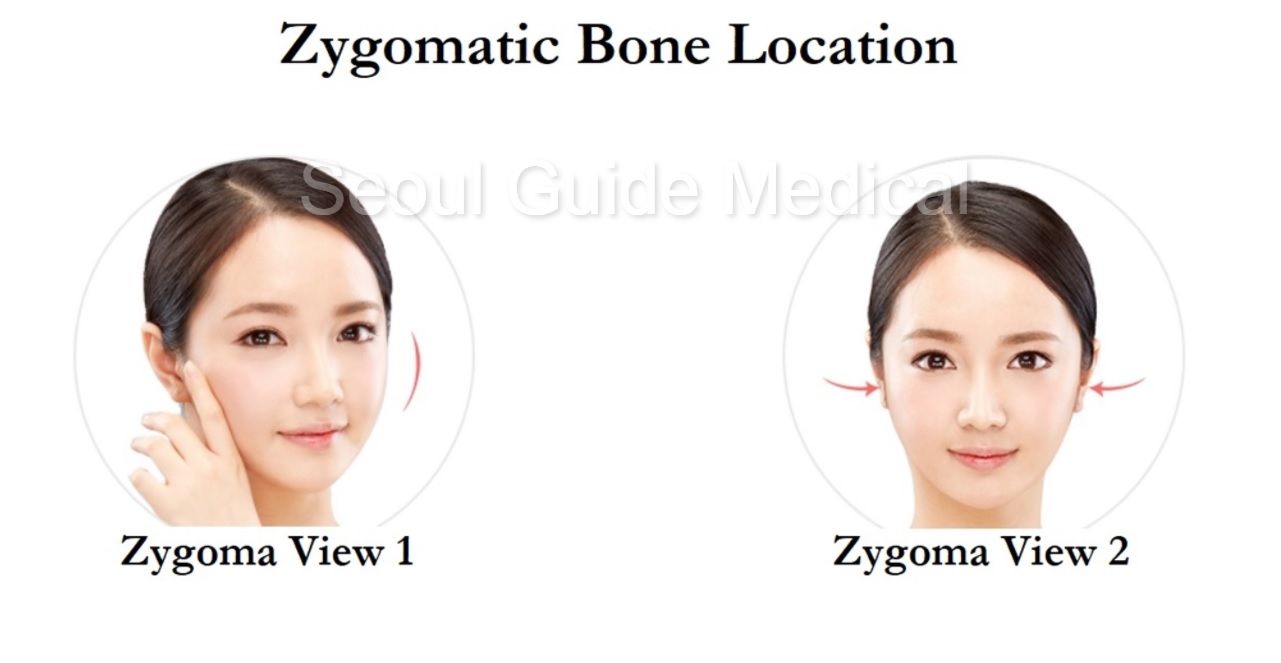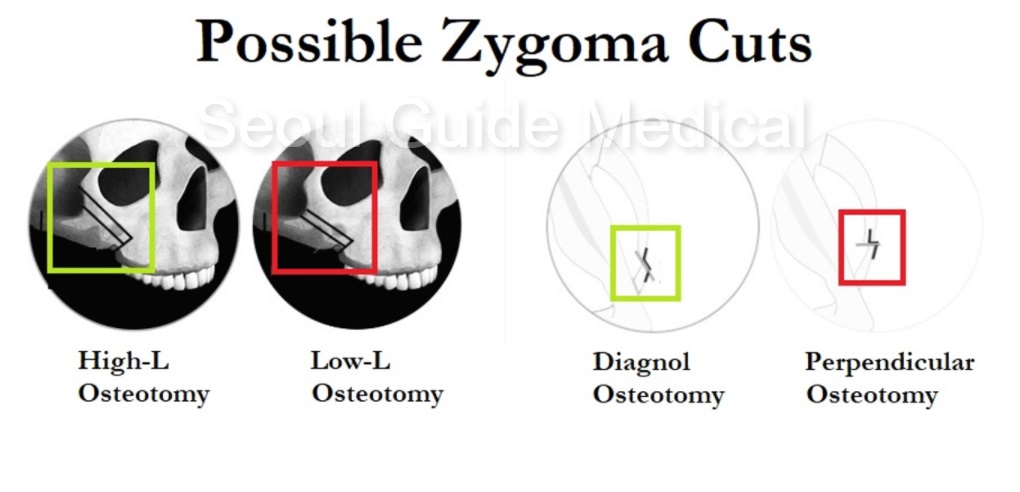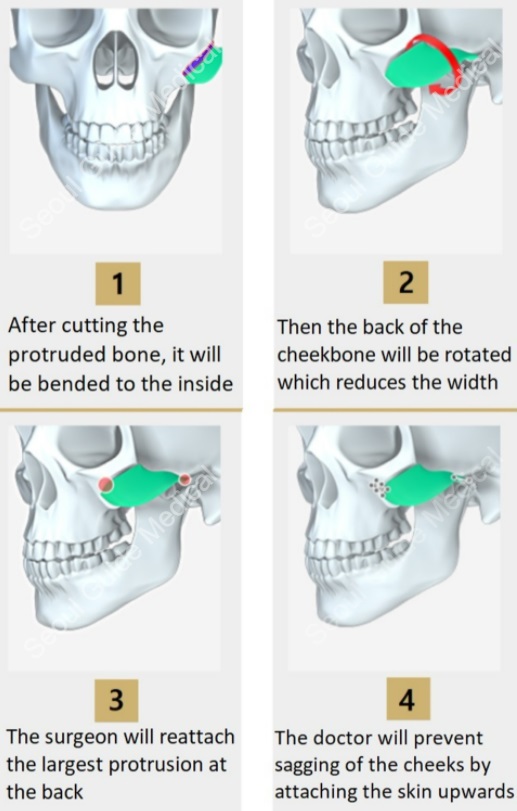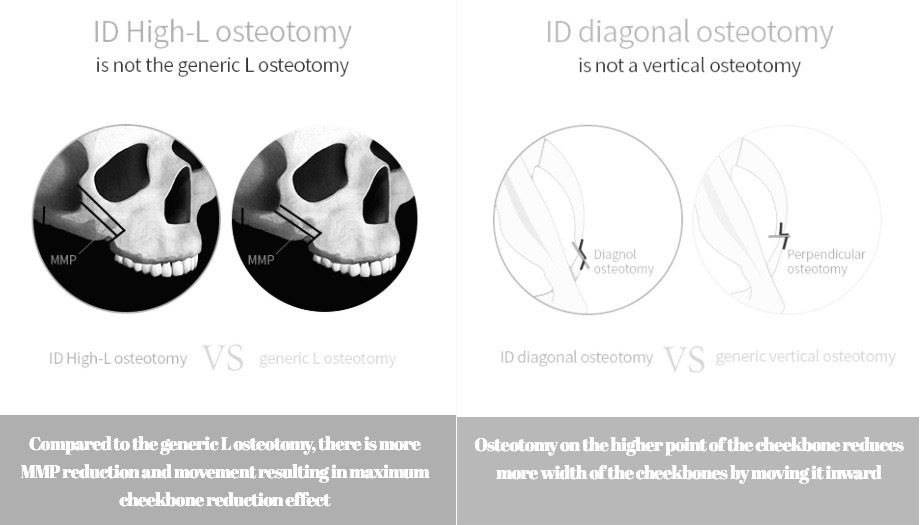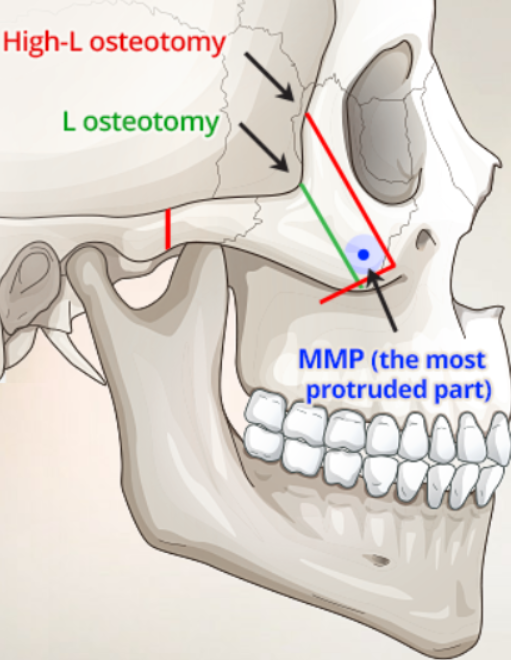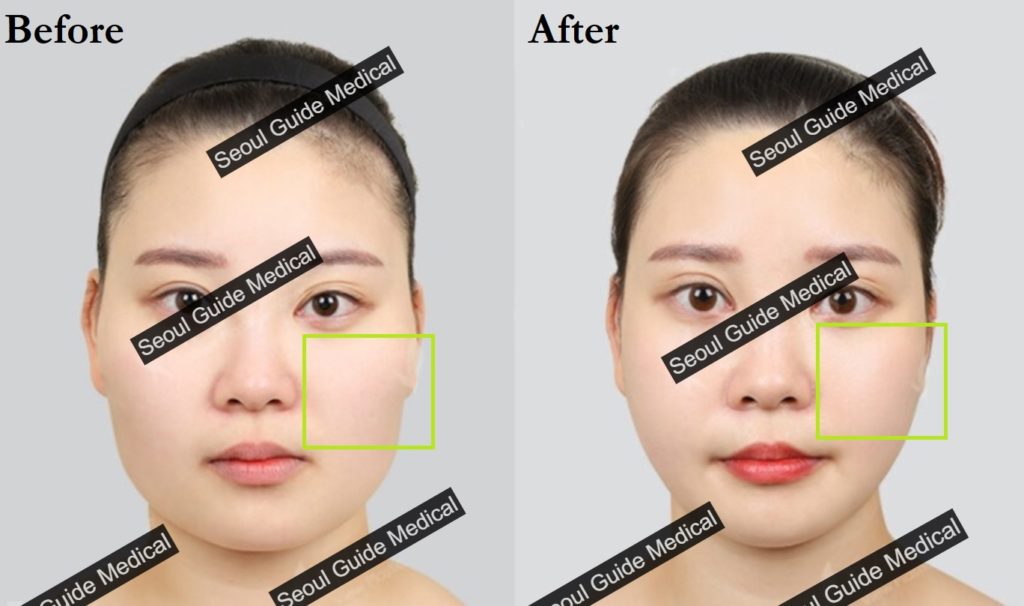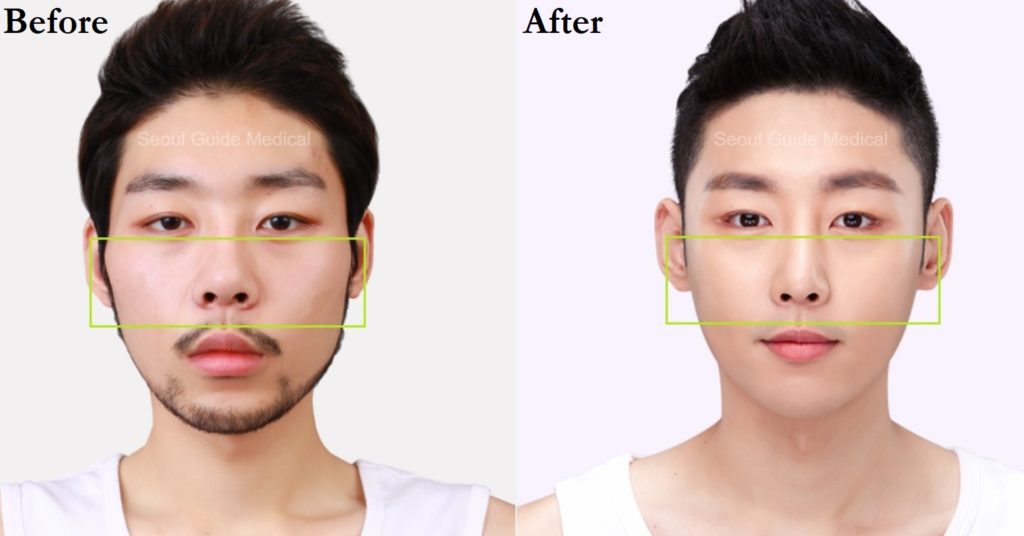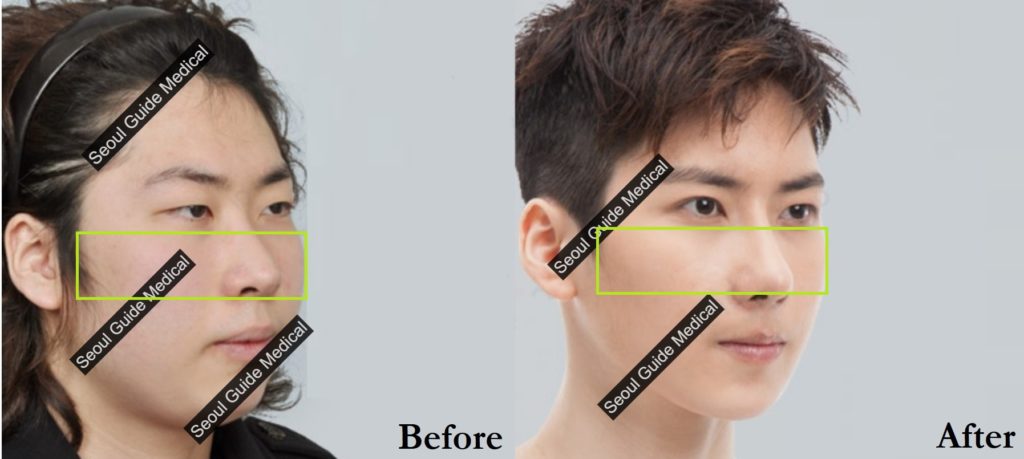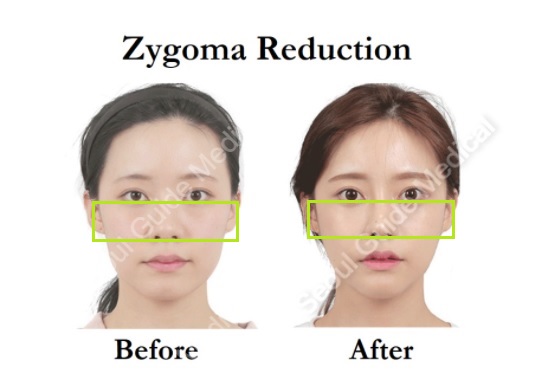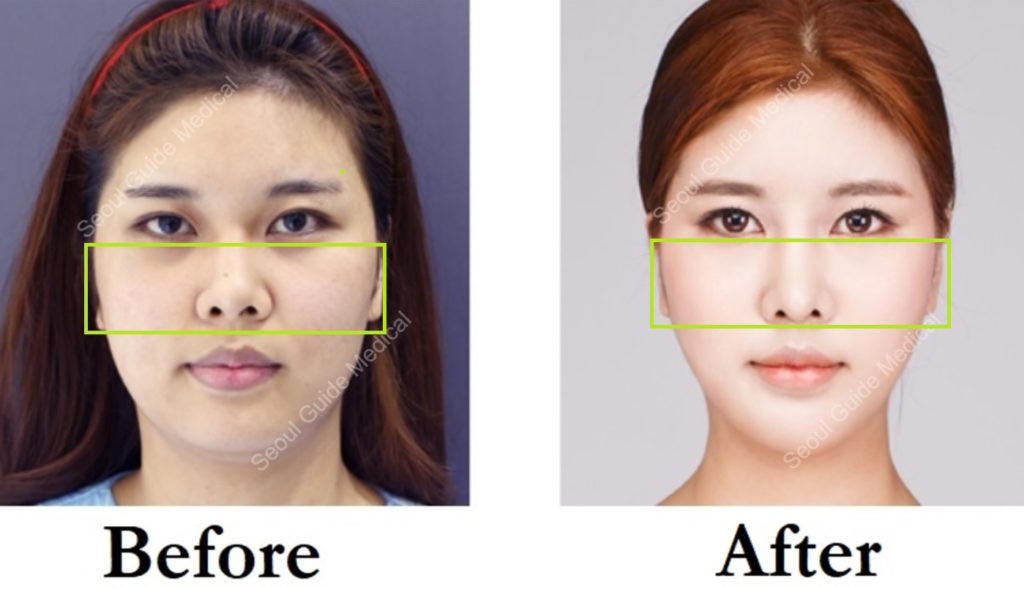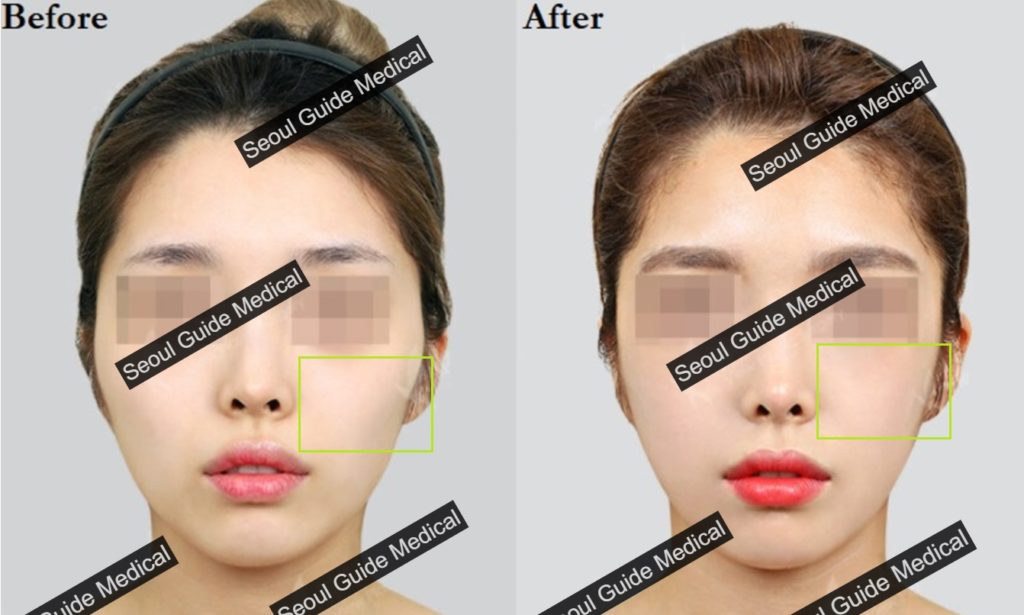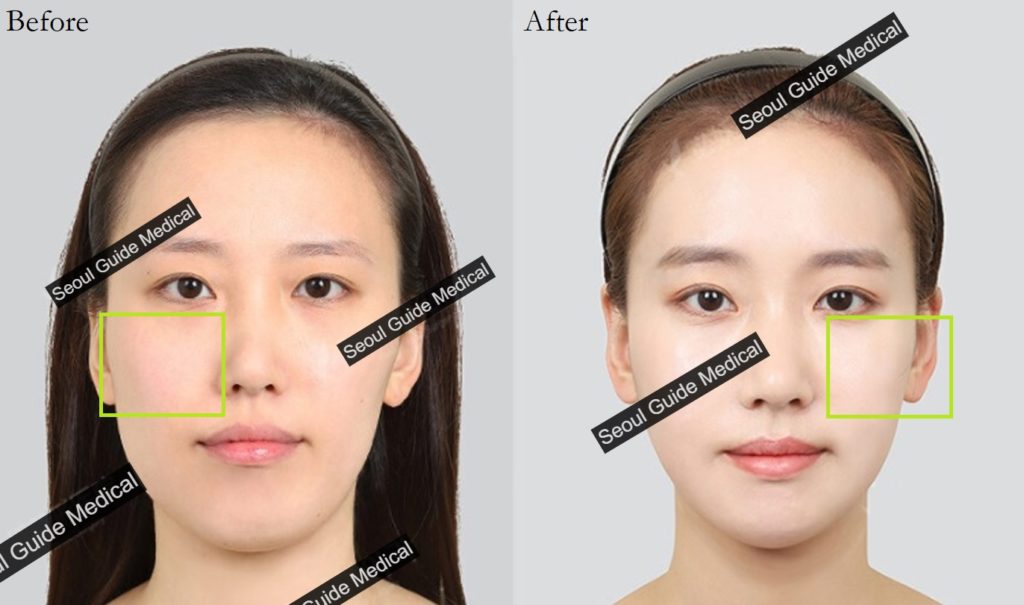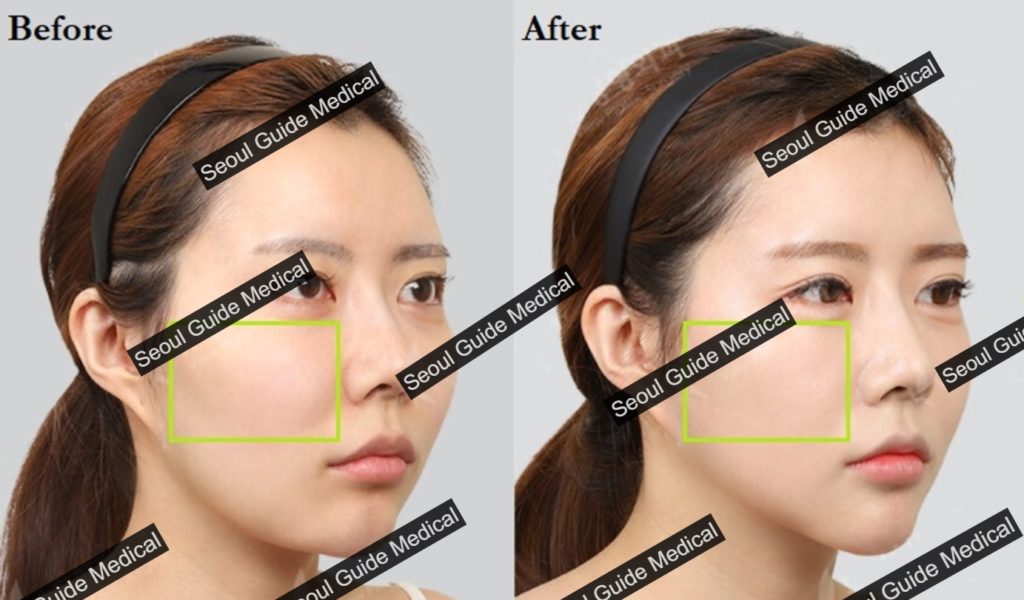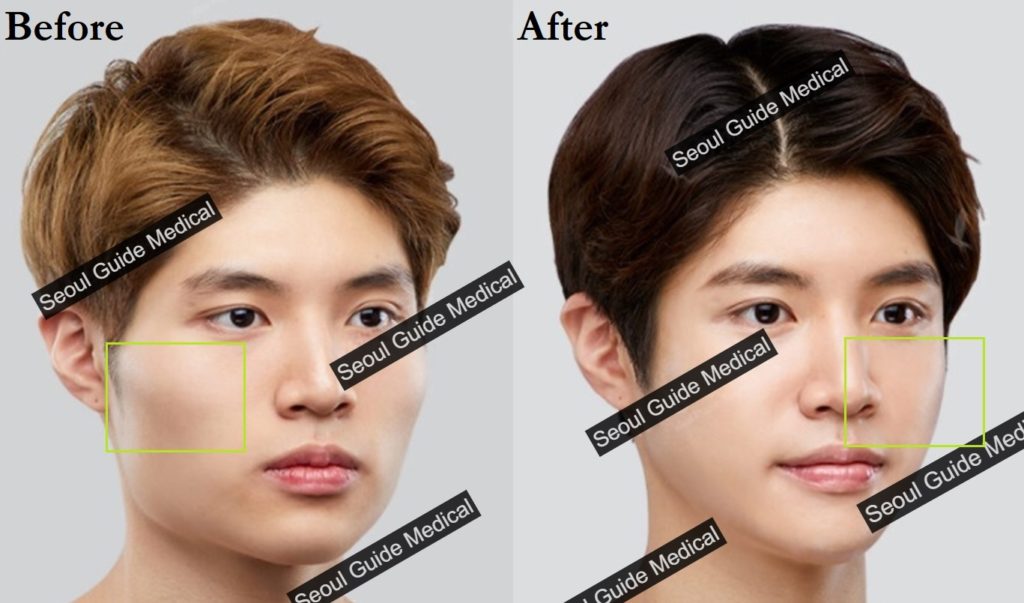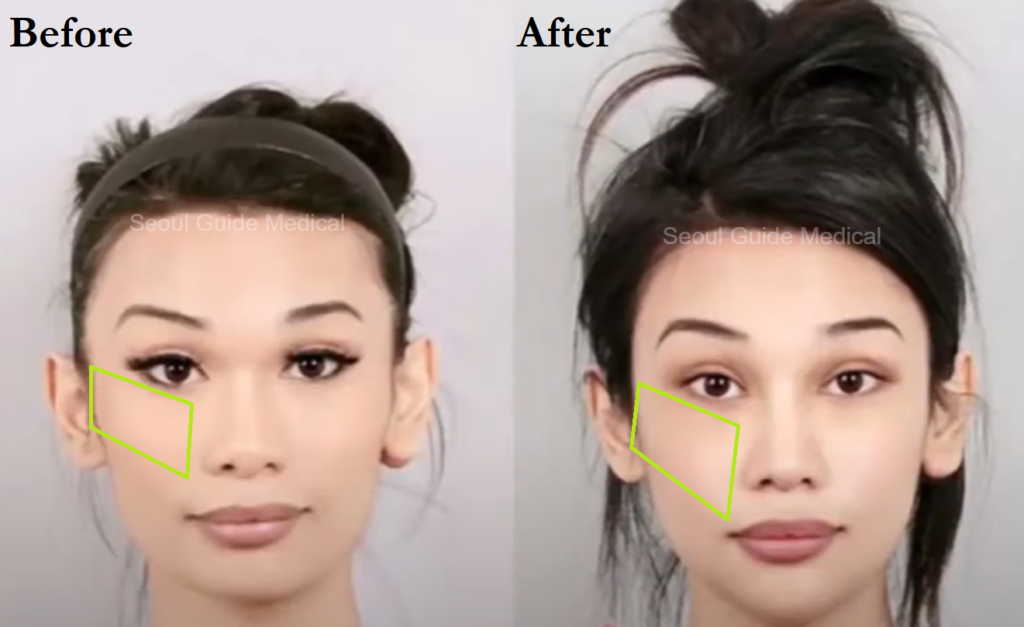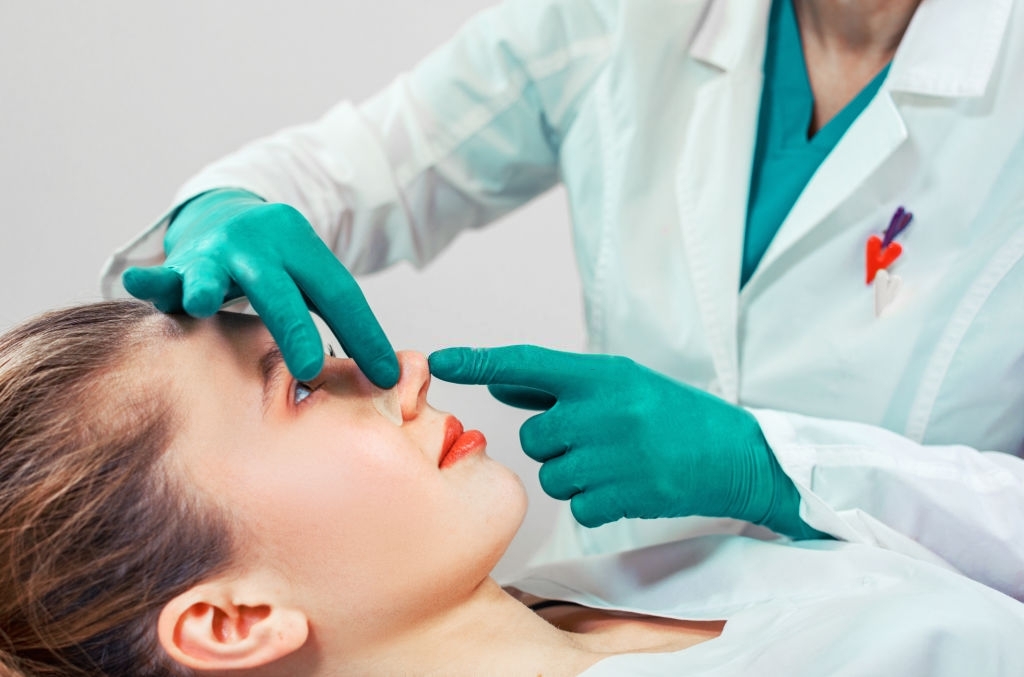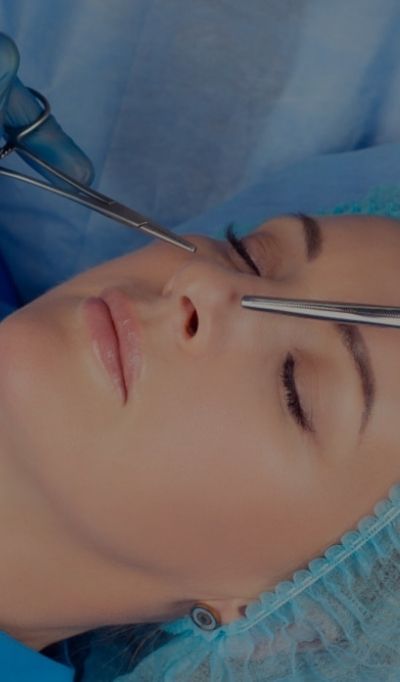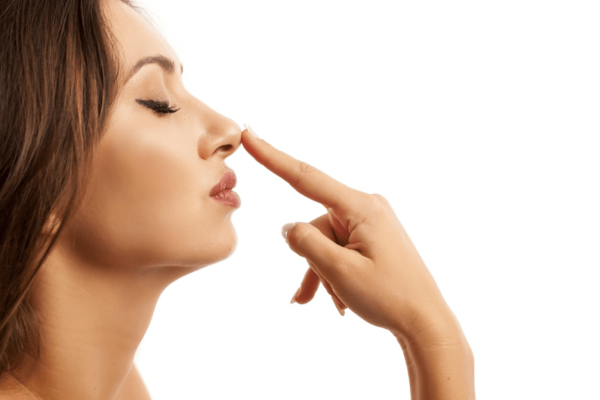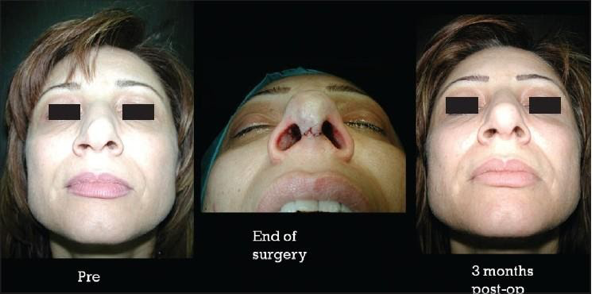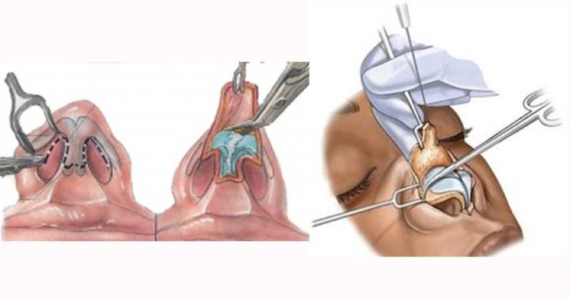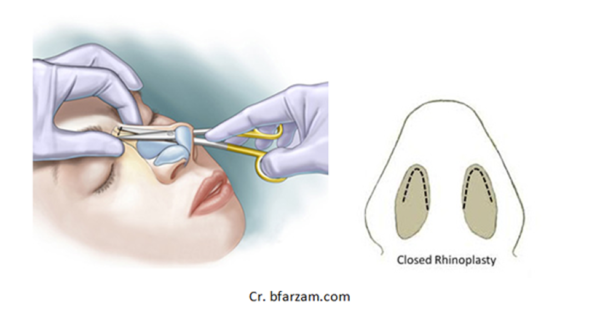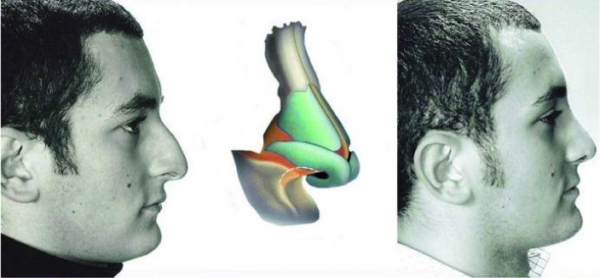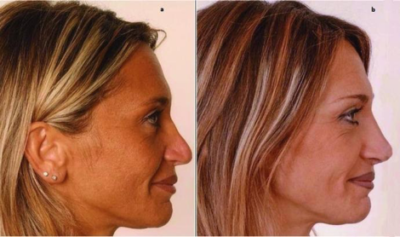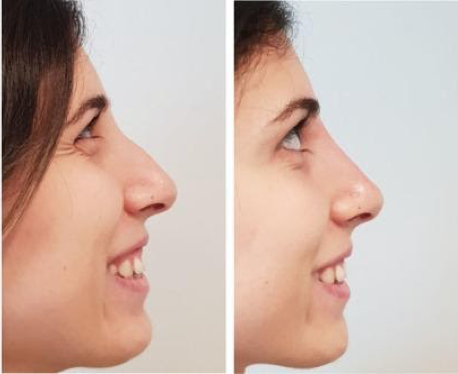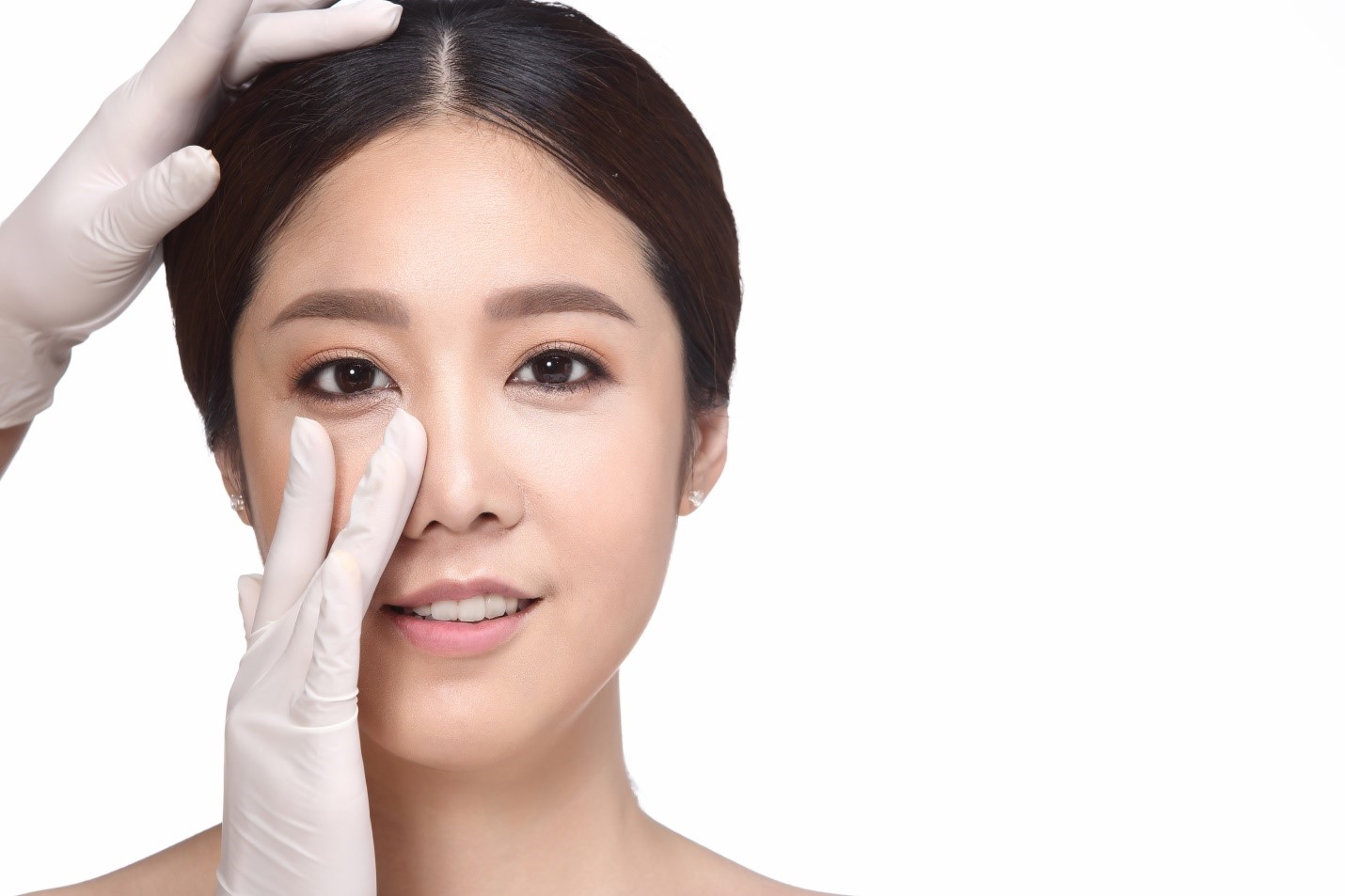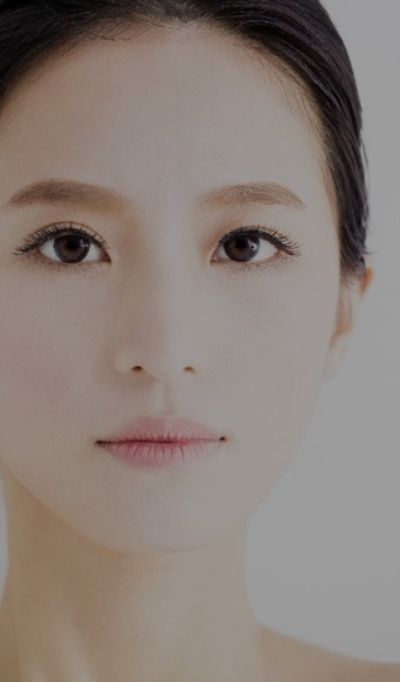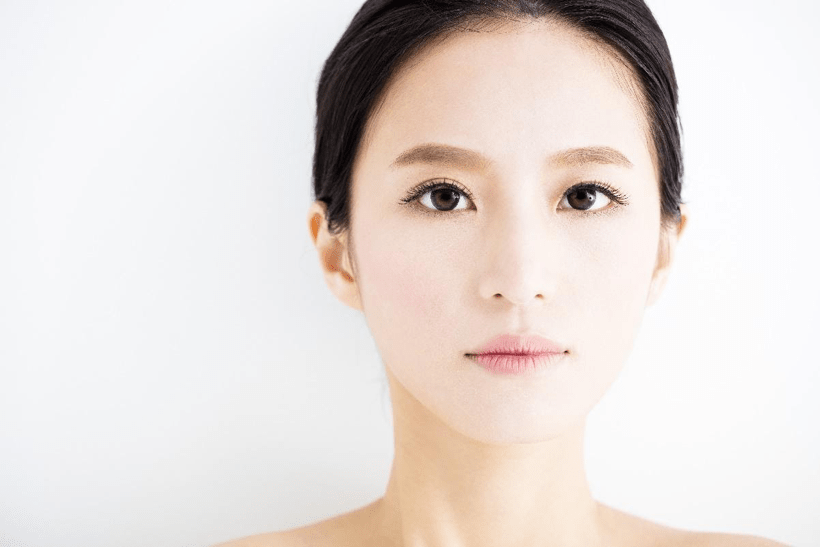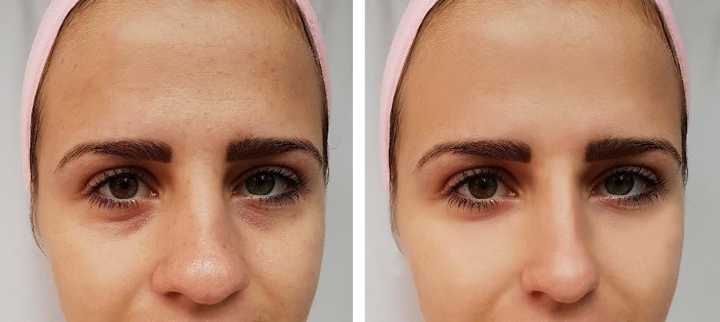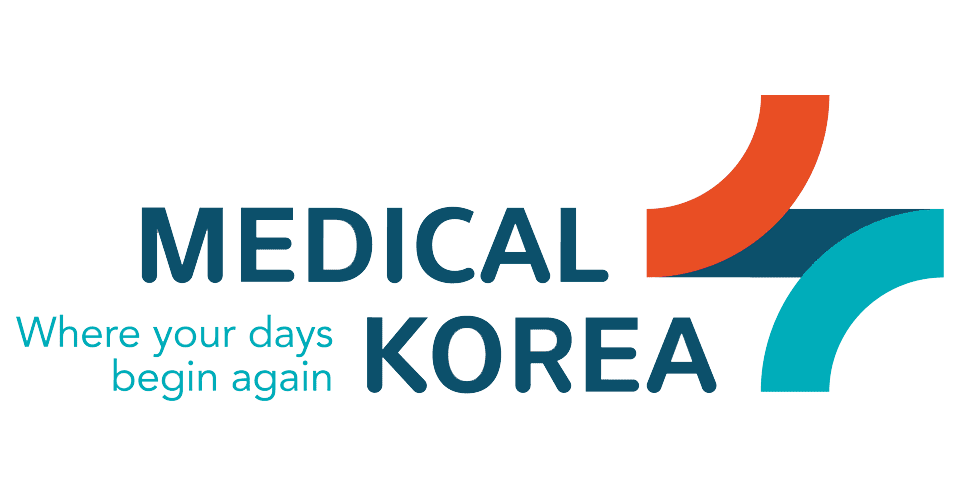

Have you ever wanted more voluptuous breasts? Breast Augmentation is a surgery specially designed for people who seek to enlarge their breasts, correct their asymmetry and more!
Breast augmentation surgery can come in the form of breast implants and breast fat grafting. The former provides more of a size increase and options. The latter provides a smaller size increase and has limitations. This article, carefully written by the experts at Seoul Guide Medical, contains everything you need to know about breast enlargement surgery.
What Is Breast Implant Augmentation?
Breast implant augmentation, also known as mammoplasty, is a plastic surgery procedure where a surgeon reshapes, reconstructs and or enlarges the breast with an implant. This creates an aesthetically pleasing chest area according to the needs and wants of the patient. An alternative method to increase breast size is via fat grafting which is also known as breast fat transfer. Fat is taken from another part of your body, via liposuction, and is processed and grafted into the needed areas. This can result in a half or one cup size increase usually and requires two fat grafting sessions done more than 4 weeks apart and less than 12 weeks apart. Studies have shown that breast augmentation has the highest satisfaction rate of any plastic surgery procedure with implants being the go to method over fat grafting. A study done by Figueroa-Hass used the Female Sexualty Function Index and the Rosenberg Self-Esteem Scale to examine differences before and after breast augmentation surgery. The study found a massive increase of 76% in self-esteem and self-confidence. Sexual satisfaction increased 57%, sexual arousal increased 81% and sexual desire increased 78.6% after breast augmentation surgery.
What To Expect From The Surgery
There are a few things to consider when planning out breast augmentation: implant location, the kind of implant used, the texture, the size of the implant, the incision point, the patient’s body limitations and the patient’s wants. If you want to see how the progression of implants works, click here to see the results after 5 weeks, click here to see different results after 1 week click here and click here to see our patient’s 2 year update after her implants.
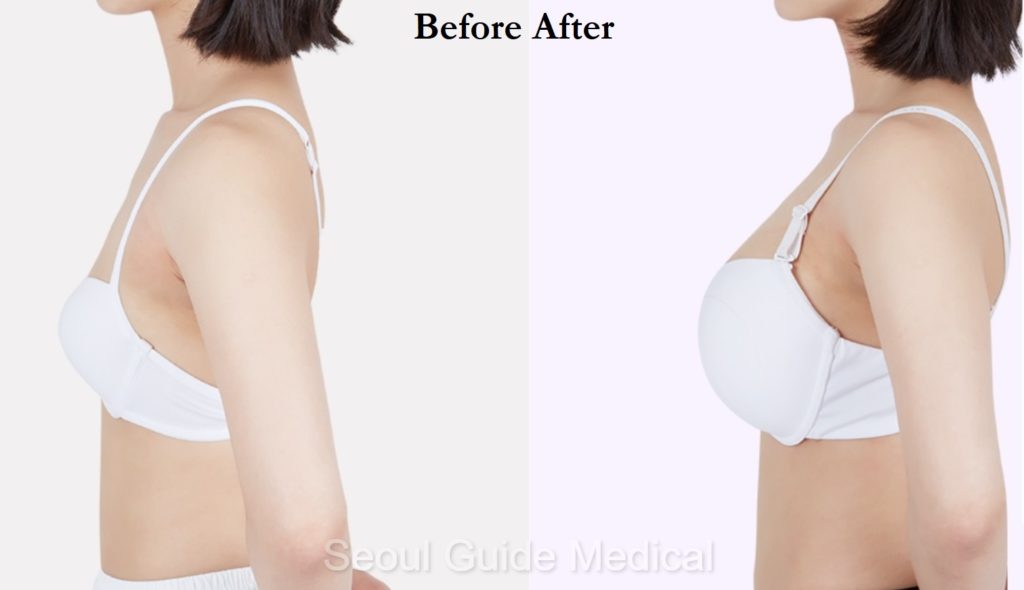
Implant Placement
Breast implants can be placed below or above the pectoral muscle wall. If the implant goes behind (or under) the muscle, it is called submuscular placement. Alternatively, the implant can be placed above the chest muscle and this is known as subglandular placement.
What’s Better? Over the Muscle or Under the Muscle Placement?
The best placement method for breast implants is the one that is right for you. There is no placement that is best for everyone. Submuscular (over the muscle) places the implant behind the pectoralis major muscle (chest muscle). At Seoul Guide Medical, we recommend that this is a good option for women with small amounts of natural breast tissue. Because the breast implant is placed underneath the muscle, the implants will be supported by that muscle and be covered by the muscle and the additional breast tissue over that muscle. This will lead to more natural results for patients with little natural breast tissue. It is important to note that for patients with severe sagging of the breasts (caused by breastfeeding or aging), under the muscle placement may not be ideal. This is because the muscle sits on the upper portion of the chest and if the breasts have drooped past the chest muscle then placing implants below the chest muscle will cause the implants to look too high in relation to the natural breast tissue. In this case, above the muscle implants are more advisable. You should note that this is a more intensive surgery than above the breast implants and will require a slightly longer recovery time and can be a bit more involved. For women who are competitive bodybuilders and will be doing heavy weight chest exercises, above the muscle implants will be better.
Subglandular or above the muscle implants only uses the body’s natural breast tissue to cover the implant. For women who have a high amount of natural breast tissue, this option is more ideal. In order to have natural looking implants, having enough coverage of the implant is crucial. If there is enough fat tissue to cover them, then an over the muscle approach can be used. If there is not enough fat tissue to cover the implants then an under the muscle placement should be used. Because the chest muscle is not operated on, there is less discomfort after surgery. There is also no risk for bodybuilders with this approach. You should note that this method has a bit more risk in terms of wrinkles, folds and rippling risk when compared to under the muscle placement as the chest muscle provides more coverage. Issues like those mentioned above are more likely to happen with patients who have little breast tissue naturally.
Breast Implant Incision Methods
There are 3 main areas where plastic surgeons can make incisions from: the breast fold, the areola and the armpit area. There is an option from the belly button but this is not normally done as the results can be hampered due to the complexity of the surgery.
- Breast fold, or inframammary incision
This incision is made underneath the breast fold. The breast naturally folds above the abdomen. An incision underneath the breast fold is the most straightforward method, allows for a shorter surgery and recovery time and can accomodate any size of implant that the body will accept. This incision method is also recommended for revision surgery cases or if you want to have larger implants. This method has the lowest rate of complications. The scar fades over time but will be slightly noticeable if you look closely. Luckily you only see it when the breast is lifted and you are looking straight ahead or up at the breasts.
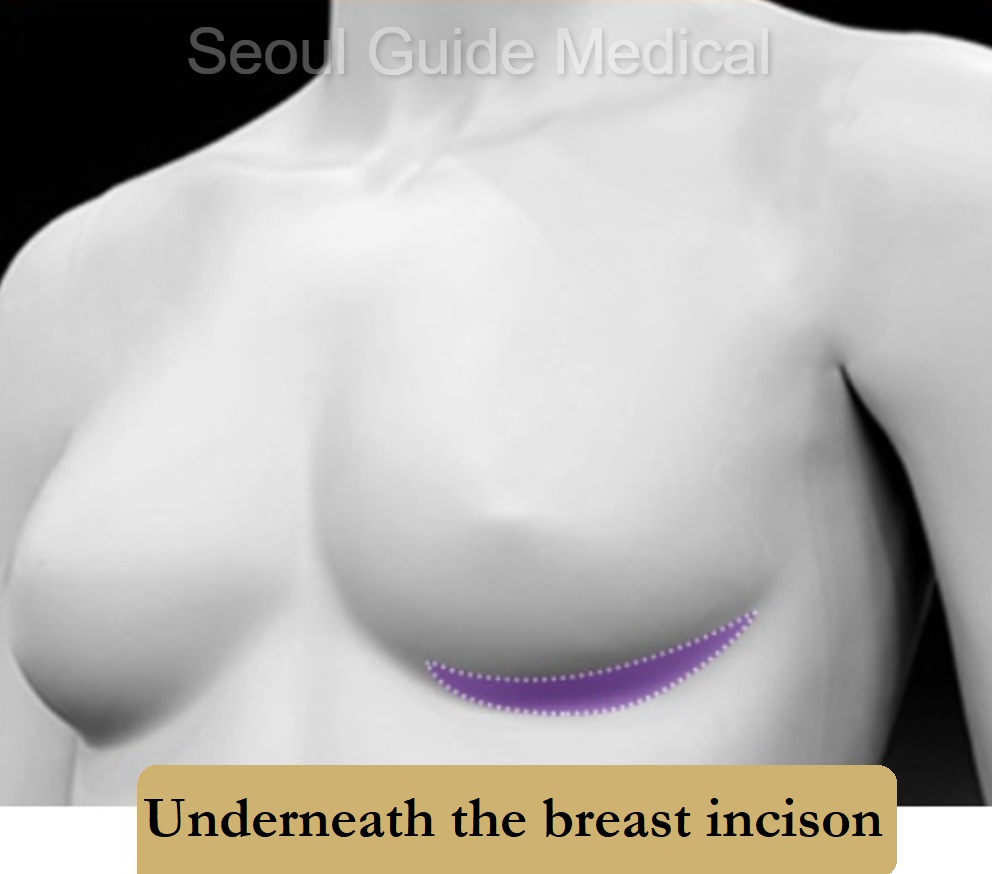
- Areola, or Periareolar Incision
The incision is made along the nipple area (usually along the lower half). This incision creates a scar that follows the areola making it almost invisible. This is because the incision is made along the line where the color naturally changes from lighter skin to darker nipples and thus the scar is hidden well. Recovery is quick and there is less pain associated with this placement after surgery. This method is usually reserved for placing smaller implants and you have a risk of loss of sensation in the nipples.
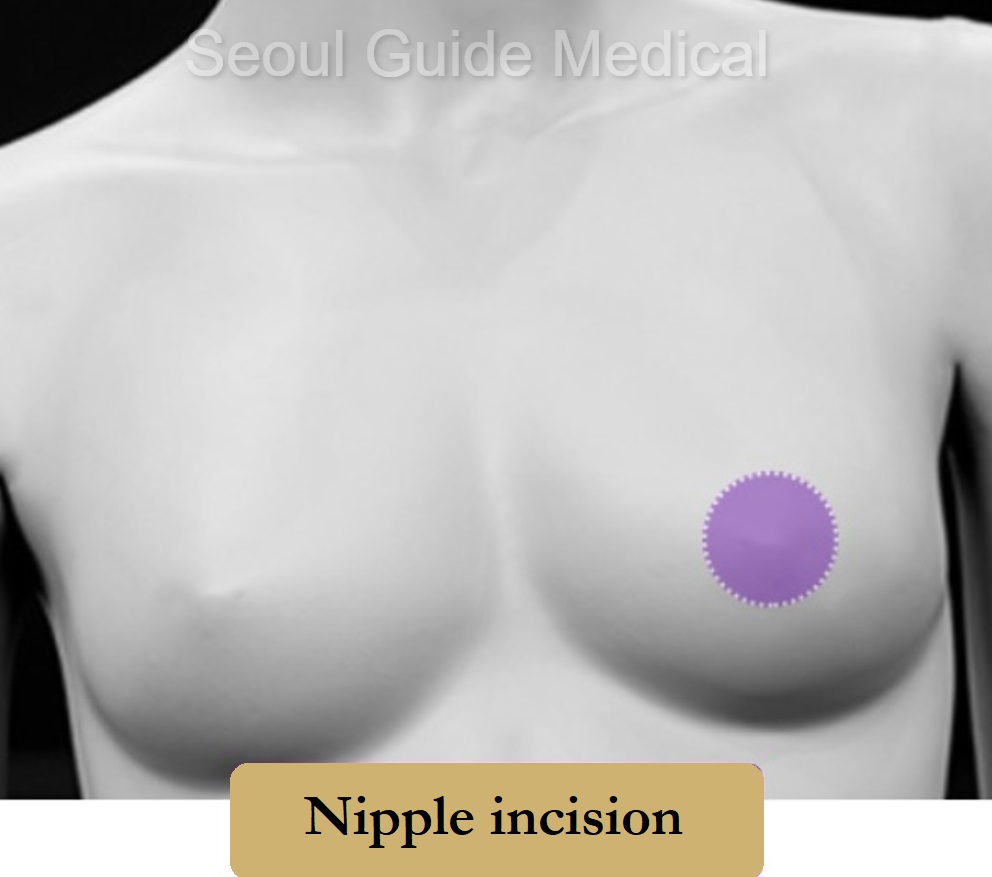
- Armpit, or Transaxillary Incision
The incision is made in the armpit folds, which makes sure the scar is virtually invisible and hidden away. This method has limitations on implant size but is great if you are worried about excess scarring. Patients with more melanin (more pigment in their skin) will show more scarring than those with less melanin. Thus, patients who are worried about scarring should consider this method.
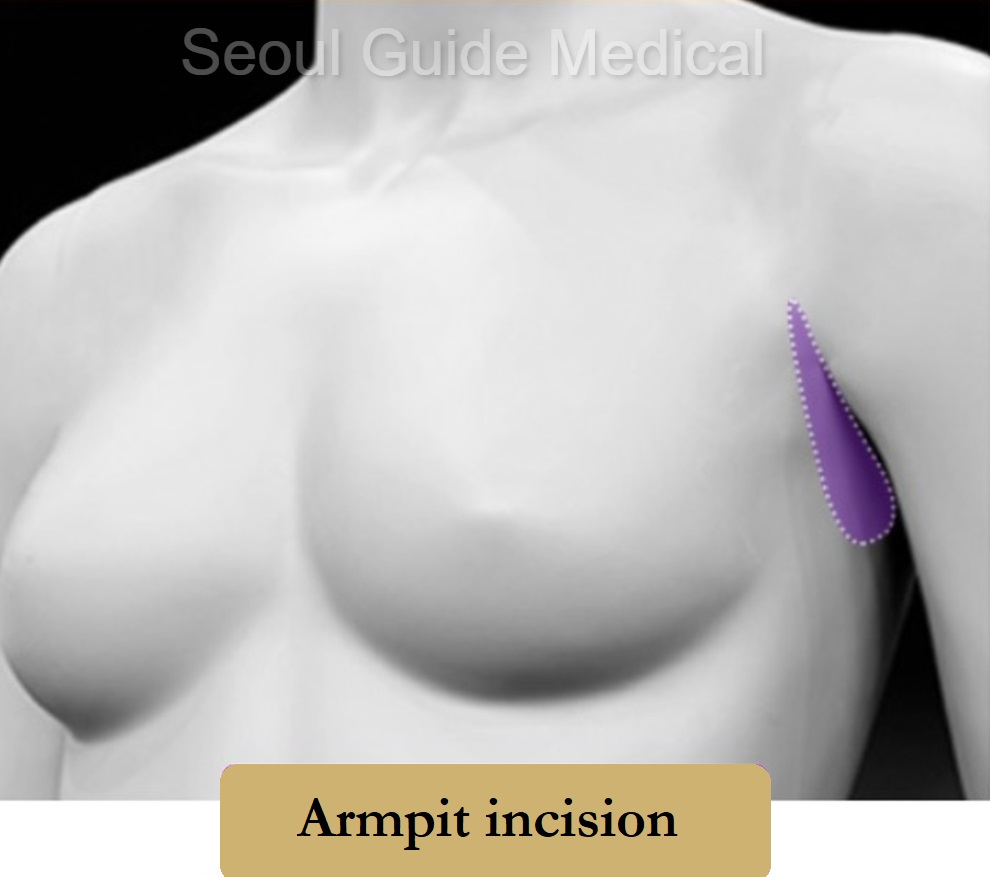
Types of Breast Implants
There are different types of breast implants a doctor can use. Seoul Guide Medical can determine what implant would suit your body best during your on-line and in-clinic consultations. As with implant placement and incision points, there is no one best type of implant for everyone. What is best is what suits your body best. Click here and here to watch two different patients’ processes and their explanations.
Different Shapes
Although there are variations, you can consider that there are two main shapes to choose from:
- Round
- Teardrop (anatomical)
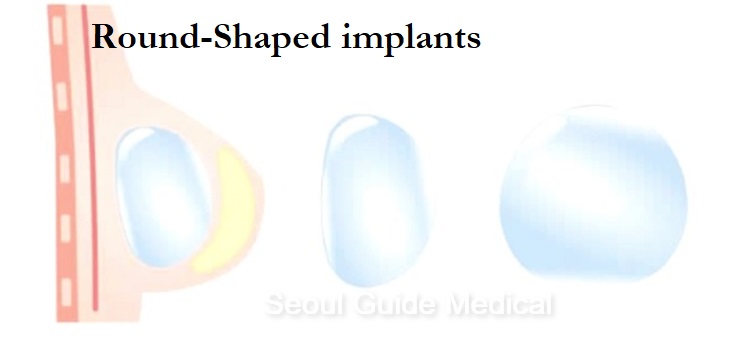
Women who already have sufficient lower half breast tissue but require more volume in the upper half of their chest are ideal candidates for round shaped implants. This round shape creates more volume in the upper half and thus more cleavage. It provides a fuller, curvier look. Women who initially have more breast tissue are ideal candidates for round implants over women with naturally little breast tissue. When you lay down, the implant filler material will spread outwards but the shape will remain similar whether standing or laying down.
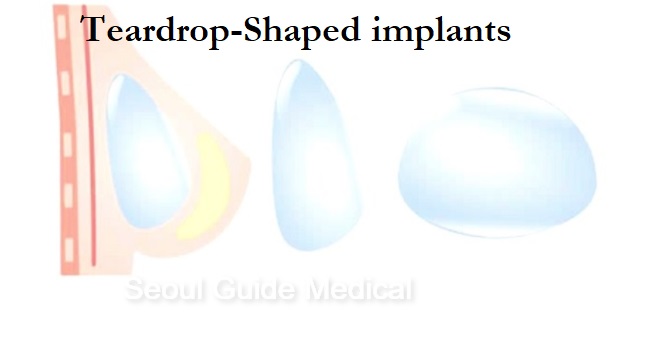
Women who have less breast tissue naturally are good candidates for teardrop shaped implants. These are anatomically shaped implants with more volume in their lower half. The look created is one of a gently sloping curve towards the nipple as natural breasts have. These implants provide less of a round look in the top half. For women who want to have the absolutely most natural implants in terms of movement and feel then Motiva may be a good option. These implants follow your natural movements. When you lay down, the implant holds a round shape and when you stand up they form a natural looking sloped silhouette. They are also extremely natural to the touch. You should note that these implants will cost you more than other implants but it may be worth it to you.
Different textures
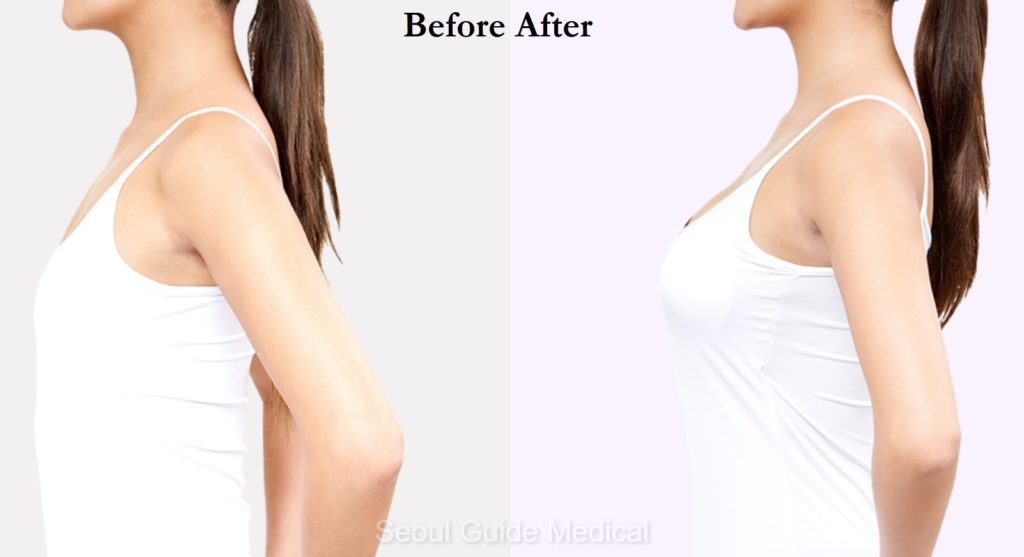
A breast implant can be smooth or textured.
Smooth Type
The smooth type breast implant is very soft to the touch and can move within the breast implant pouch created by the surgeon during surgery. This means that the movement can mimic natural breast movement better.
Smooth breast implants are described by plastic surgeons as being the softest feeling. They can move within the breast implant pouch, which may provide more natural movement.
On the other hand, textured breast implants cause scar tissue to develop and stick to the implant, which makes them less likely to move and shift position.
Silicone gel-filled and saline implants can be smooth or textured because the texturing is on the surface of the implant, regardless of what the implant is filled with.
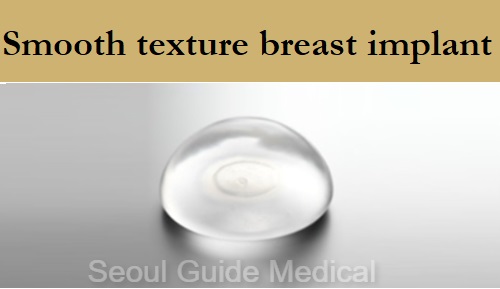
This implant type feels soft to the touch and can rotate inside the breast pocket. It’s easy to place, and it’s also easy to correct if there are any complications.
Textured Type
With this implant, the breast implant is textured. This allows the surrounding tissue to connect better with the implant and fixes the implant in place.
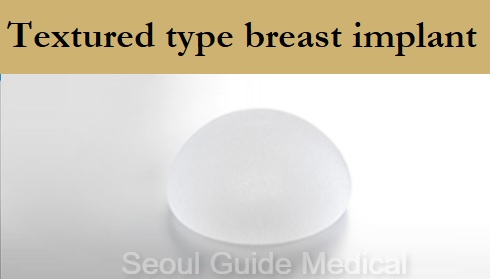
What is great about this type of implant is that there’s not much possibility for the rupture of the implant and capsular contracture. Capsular contracture can occur when the implant’s scar tissue causes the implant to deform. It can affect the form, texture, and feeling of the breast. With a textured type breast implant, the chance of this happening is low. The shape change possibility is also common.
Which type of implant is the best for you can be best decided through a careful examination by one of the plastic surgeons.
Different inside textures
Now that we have talked about the outside texture let’s also talk about the inside texture. There are two types of texture used for the implants.
- Saline
- silicone gel
In Korea, it’s not common to use saline implants. It has been used in the past, but breast implants have improved a lot, and there are better alternatives now. Here is where the silicone implants come in.
Silicone implants mimic the feel of actual breast tissue and, therefore, a more natural breast. Also, if the implants happen to rupture, which doesn’t happen very often, you won’t notice it at first. The implant would reduce in size with the saline implants, and you’d see it right away. With the silicone ones, the silicone isn’t a liquid, so if by any chance happens to rupture, the silicone will stay inside the breast pocket, and the size will not reduce.
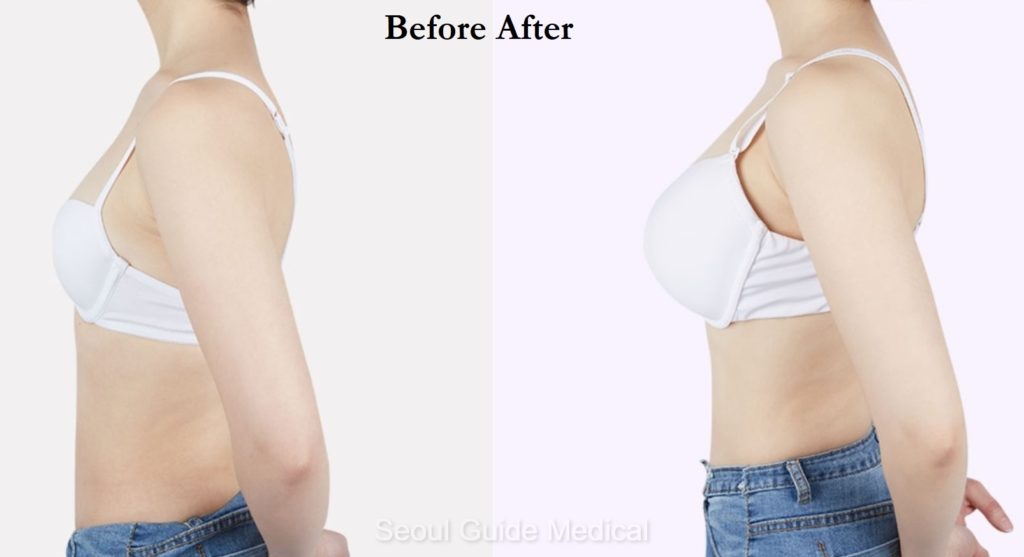
Alternatives to implants
A commonly used method for people who don’t want a significant change but a very minor one, fat transfer surgery could also be an option. Fat is taken from the back of your thigh or belly and transferred to the breast area. This gives you a very natural but slim improvement, like 0,5 or 1 cup size up. If you are thin and don’t have enough fat to transfer, this method is challenging to perform.
Am I the Right Candidate?
Breast augmentation surgery is recommended to those who:
- have small breasts and want to enhance this
- have asymmetrical and/or uneven breast size
- have small and/or sagging breasts due to breastfeeding
- have realistic expectations about the outcome of the surgery
Those who have sagging breasts and want to correct this by breast augmentation need to know that implants alone might not work. In some cases, you may need breast lifting as well.
Also, having realistic expectations is essential in this procedure. The surgeon may choose a different size, placement, or different type of implant depending on your body type. If this happens, don’t be alarmed since they have the best intentions in mind, and they are looking for the most natural results.
What Is the Best Option For Me?
As you can see, there are different things to think about when getting breast implants. These are all options that can be combined or not. Remember, the ultimate goal is to have natural-looking breasts, and what works for someone else might not work for you, and vice versa. A consultation with a certified plastic surgeon is always needed before deciding on a type of breast implant.
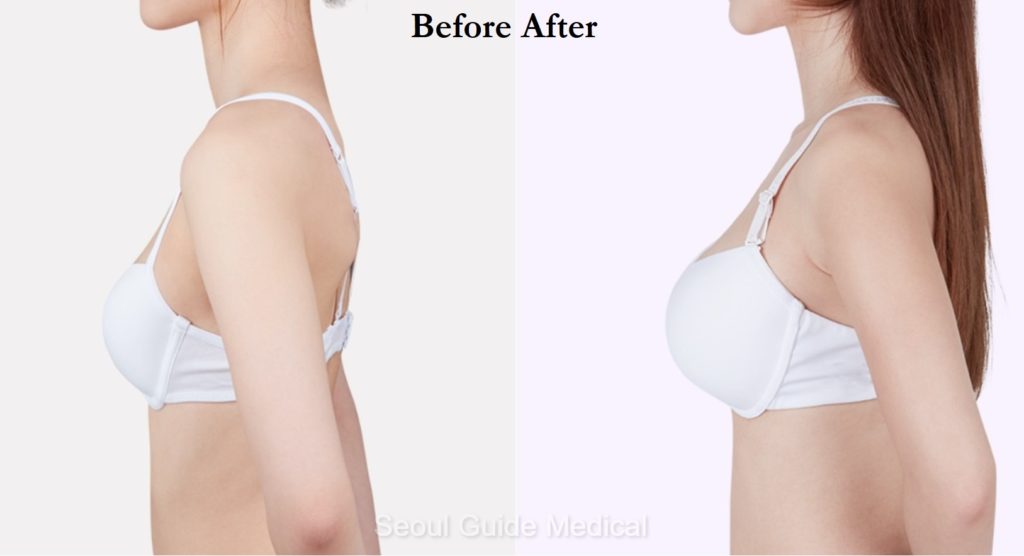
At Seoul Guide Medical, we are happy to help and assist in your choice. We work together with only the top 1% of plastic surgeons, ensuring your complete safety. We go with you to every consultation and advise you on the most suitable choice for you.
What Is The Surgery Time and Recovery Period for Implants
The placement of the implants takes about 1-3 hours. You will be under general anesthesia, which means you’ll be asleep during the surgery, and therefore it won’t be painful.
- After 2-3 days, it’s possible to continue to shower and enjoy your everyday life. This could differ if you got the under the breast incision or around the areola incision.
- About 2 weeks after the surgery, the stitches will be removed. We will give you some tips on taking care of your breasts after the surgery, which will usually include using a prescribed scar cream and wearing the right bra. After the surgery, you’ll have to wear a garment to support your breasts. Still, after 2 weeks, you can either wear a sports bra or a bra with a long enough underwire to give your breasts the support they need to heal in the right place. We’ll also check the progress in this aftercare session and give you a high-frequency treatment to quicken the healing progress. Please note that in some cases, there are no stitches to remove.
- 1 month after the surgery, you’ll get another progress check, and swelling of the breasts starts to go down. At the clinic, we also use an ultrasound device to see if the healing progress on the inside of the breasts is also improving.
- After 3 months, most of the swelling should be gone, but it isn’t until 1-2 years until you’ll see the end result.
- After 6 months till 1 year, we examine your breasts on the outside and inside to make sure everything is healing the way it should, and we work on scar laser management.
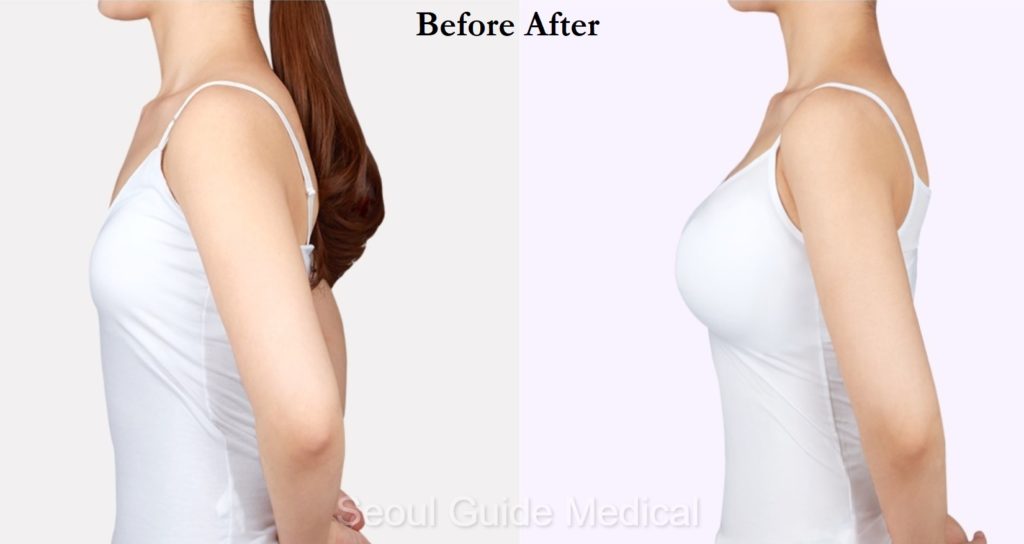
What Are The Costs?
It really depends on what kind of surgeon you choose, the surgery length, its complexity, the type of breast implant and more. We’ve seen cases go from anywhere from 4000 USD to 20,000 USD. It’s really hard to narrow the pricing range past this point without having a detailed consultation with our staff. Send us an e-mail to [email protected] or constant us through our website for for a detailed consultation with our expert staff and get your price estimate as soon as possible.
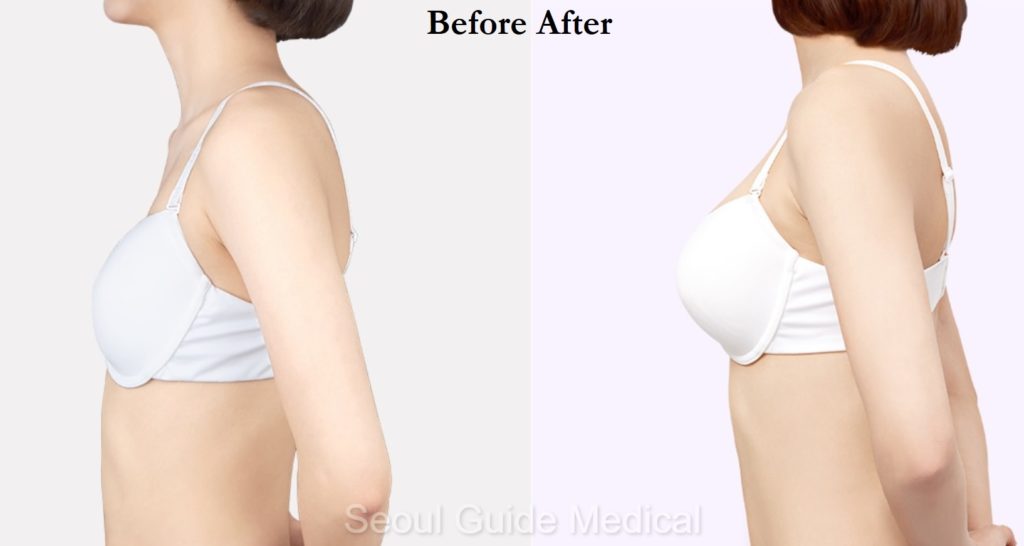
Contact
We understand that there’s a lot of variabilities to choose from, but we at Seoul Guide Medical can assist! You can get in contact with us with the following:
- Click here for our website
- Phone: +82-10-5920-5546
- Email: [email protected]
- Facebook: https://www.facebook.com/seoulguidemedical/
- Instagram: https://www.instagram.com/seoulguidemedical/
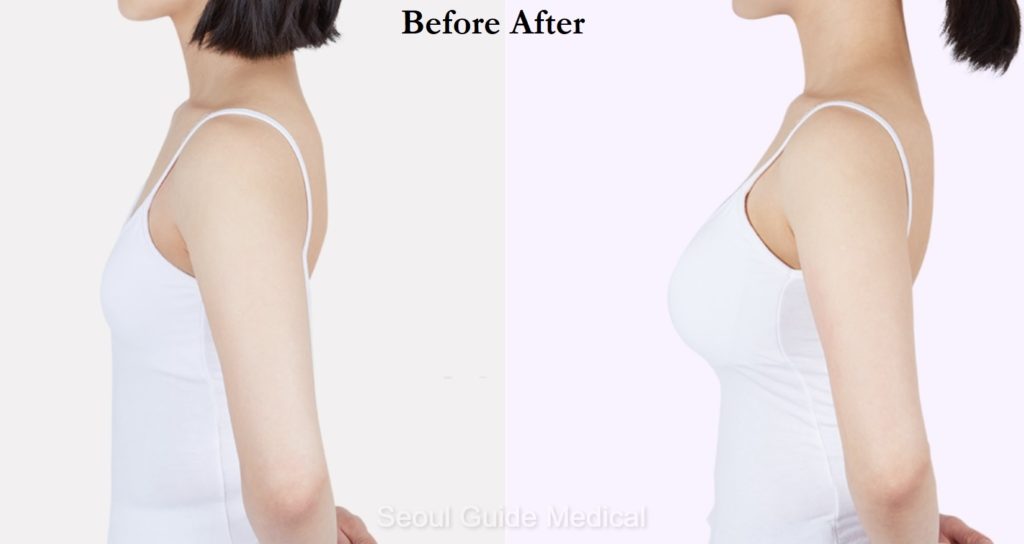
FAQ
Will The Silicone Implants Rupture If I Lay On My Stomach?
The silicone implants undergo a lot of testing. The test includes a lot of things and also heavy resistance tests. An example can be where the testers throw something serious on the implant and see whether it ruptures or not.
How Much Time Do I Need to Go Back to Work?
This question isn’t easy to answer since it depends on what kind of job you have. If you have a position where you sit behind your desk, you don’t need much recovery time. On the other hand, if you have a job where you walk around all day and require lifting of any kind, the recovery time is longer. Always discuss this with your plastic surgeon to be entirely sure when you’re able to go back to work.
What Are the Side Effects of Breast Surgery?
Breast augmentations are very safe procedures, where only a few patients experience side effects. Side effects can include bruising, swelling, and some pain. For the first few days, you will be on pain medication to ensure you’re as comfortable as you can be.
